The Hairy giraffe… IN THE UNITED ARAB EMIRATES
This 10-day journey in the United Arab Emirates marked the first destination of our eight-month around-the-world trip. An excellent introduction and a beautiful bridge between the West and the East.
We decided not to limit ourselves to the cities of Abu Dhabi and Dubai. Having enjoyed our trip to Oman, we wanted to explore the diversity of the United Arab Emirates. Here’s everything about our 1500 km road trip!
How long? We spent 10 days in the United Arab Emirates.
When? In January, in the heart of winter. This allowed us to enjoy mild temperatures, around 25°C, and a consistently blue sky.
Ease of independent travel: 4 giraffes ![]() Having a car is highly recommended. The cities are extremely vast, spanning several tens of kilometers, and public transportation is not the most efficient. However, with a car, everything becomes much simpler. The roads and highways are of excellent quality. For speed enthusiasts, it’s worth noting that you can drive up to 160 km/h on some highways. As a petroleum-producing country, everything is designed for cars, and the price of gasoline is very low. However, the residents of the United Arab Emirates drive fast and recklessly, with a tendency to change lanes without warning and cut across if necessary.
Having a car is highly recommended. The cities are extremely vast, spanning several tens of kilometers, and public transportation is not the most efficient. However, with a car, everything becomes much simpler. The roads and highways are of excellent quality. For speed enthusiasts, it’s worth noting that you can drive up to 160 km/h on some highways. As a petroleum-producing country, everything is designed for cars, and the price of gasoline is very low. However, the residents of the United Arab Emirates drive fast and recklessly, with a tendency to change lanes without warning and cut across if necessary.
Costs: 3 giraffes ![]() There’s something for every budget. If you dream of the influencer’s Dubai and love adrenaline activities, expect to pay a hefty sum, up to several hundred euros per activity. However, if you prefer cultural visits and mid-range hotels, then it becomes more affordable (visits to forts and mosques are generally free).
There’s something for every budget. If you dream of the influencer’s Dubai and love adrenaline activities, expect to pay a hefty sum, up to several hundred euros per activity. However, if you prefer cultural visits and mid-range hotels, then it becomes more affordable (visits to forts and mosques are generally free).
Ease of communication: 4 giraffes ![]() No problem speaking English, which is the common language in the United Arab Emirates.
No problem speaking English, which is the common language in the United Arab Emirates.
Security: 5 giraffes ![]() The United Arab Emirates are known to be very safe, and many tourists, especially families, choose the destination for this reason.
The United Arab Emirates are known to be very safe, and many tourists, especially families, choose the destination for this reason.
Health: 4 giraffes ![]() No particular issues; the healthcare system is very modern, and hygiene standards are high. Be cautious as tap water may not be potable everywhere, especially in more remote areas of the United Arab Emirates.
No particular issues; the healthcare system is very modern, and hygiene standards are high. Be cautious as tap water may not be potable everywhere, especially in more remote areas of the United Arab Emirates.
Gay friendly: 1 giraffe ![]() The country’s religious culture is very conservative, and social norms evolve slowly. The penalties are severe, especially for individuals of Muslim faith. Dubai is arguably more liberal, although the laws remain the same.
The country’s religious culture is very conservative, and social norms evolve slowly. The penalties are severe, especially for individuals of Muslim faith. Dubai is arguably more liberal, although the laws remain the same.
Travel ease: 5 giraffes ![]() We chose the United Arab Emirates as the first destination of our around-the-world trip due to the ease of travel, and we were not disappointed in this regard.
We chose the United Arab Emirates as the first destination of our around-the-world trip due to the ease of travel, and we were not disappointed in this regard.
Highlights: ![]() Al Ain, arguably the most pleasant city in the United Arab Emirates, the Liwa Desert with its stunning orange dunes, and the Fujairah Mosque.
Al Ain, arguably the most pleasant city in the United Arab Emirates, the Liwa Desert with its stunning orange dunes, and the Fujairah Mosque.
Letdowns: ![]() Sheikh Zayed Mosque in Abu Dhabi, magnificent on paper but lacking relief in reality. Qasr Al Watan, quite expensive to visit an immense empty and storyless hall. In general, the feeling of visiting amusement park sets in tourist areas.
Sheikh Zayed Mosque in Abu Dhabi, magnificent on paper but lacking relief in reality. Qasr Al Watan, quite expensive to visit an immense empty and storyless hall. In general, the feeling of visiting amusement park sets in tourist areas.
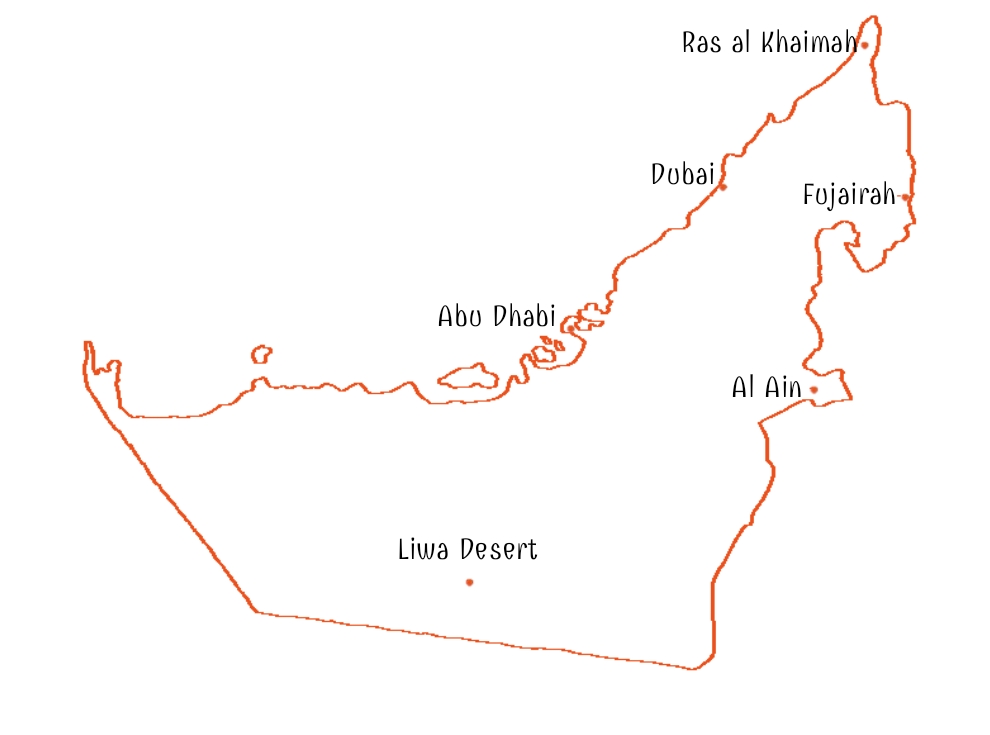
Check out our Travel Reflections articles on the United Arab Emirates:
10-DAY ITINERARY IN THE UNITED ARAB EMIRATES
Here is the detailed itinerary of our ten days in the United Arab Emirates:
Day 0: A 6-hour daytime flight from Paris. With the 3-hour time difference, we arrive in Abu Dhabi in the early evening.
Day 1: We only rented a car from the 3rd day onwards, so we take the bus to the Corniche, along the Persian Gulf. Distances are enormous; the Corniche is a promenade of over 8 km! There is a small beach and beautiful views of the city’s skyscrapers.
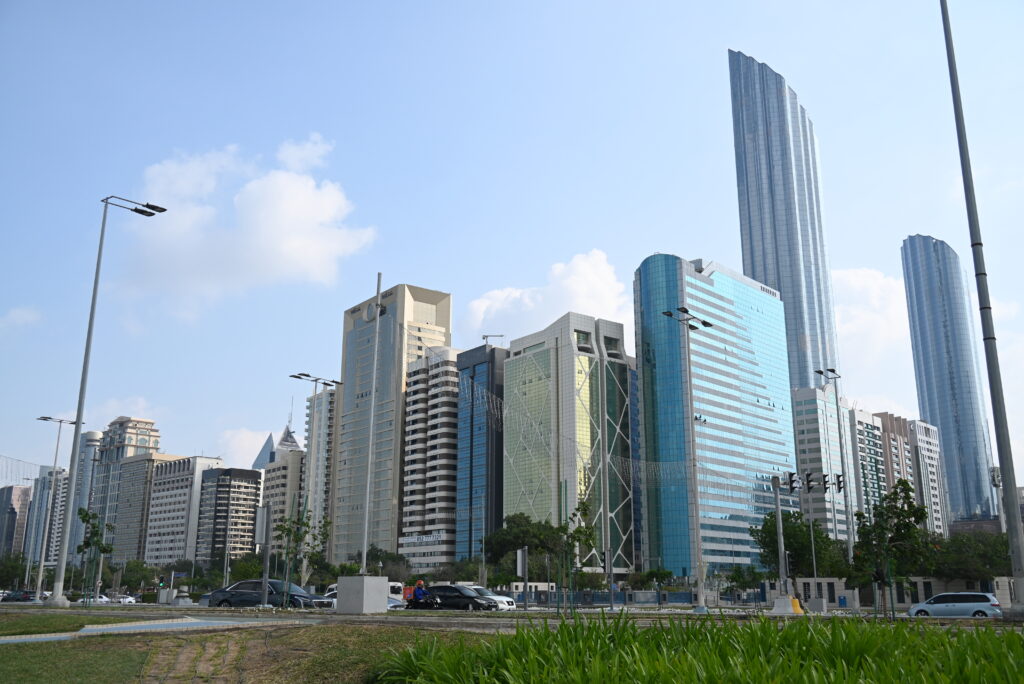
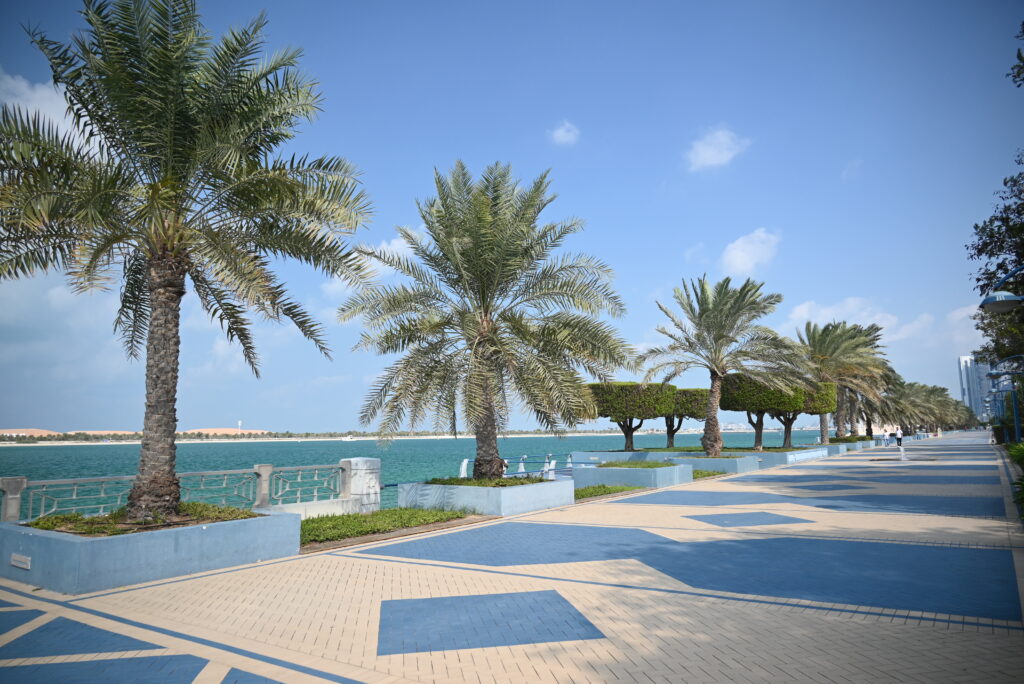

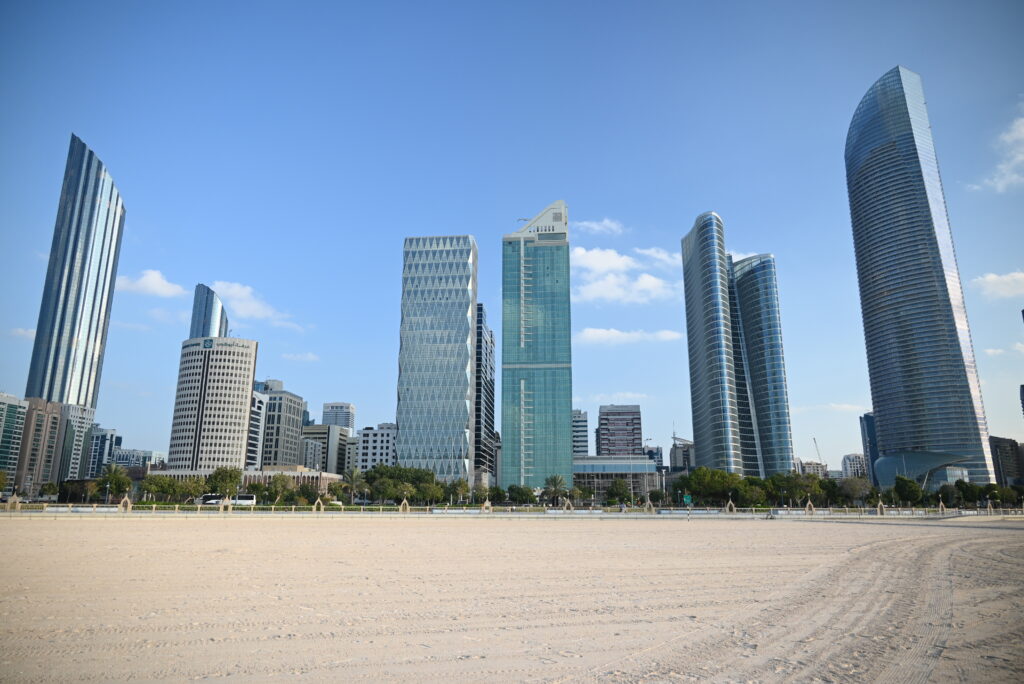

In the afternoon, we take the bus to go to Rixos Marina and enjoy the lovely view of Abu Dhabi’s skyline and then the Emirates Towers.
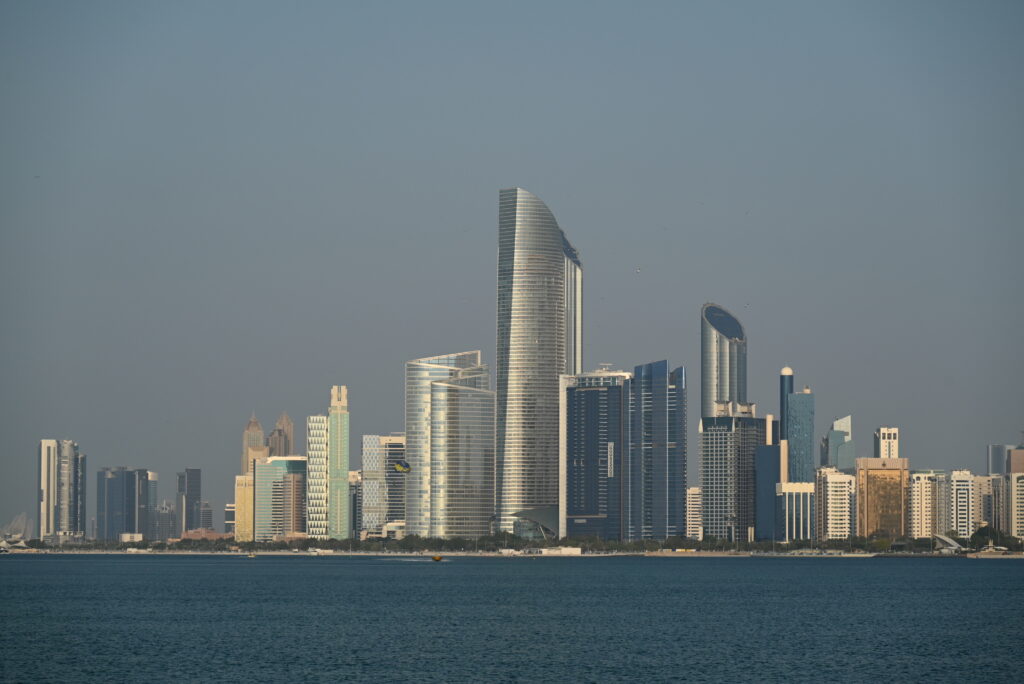
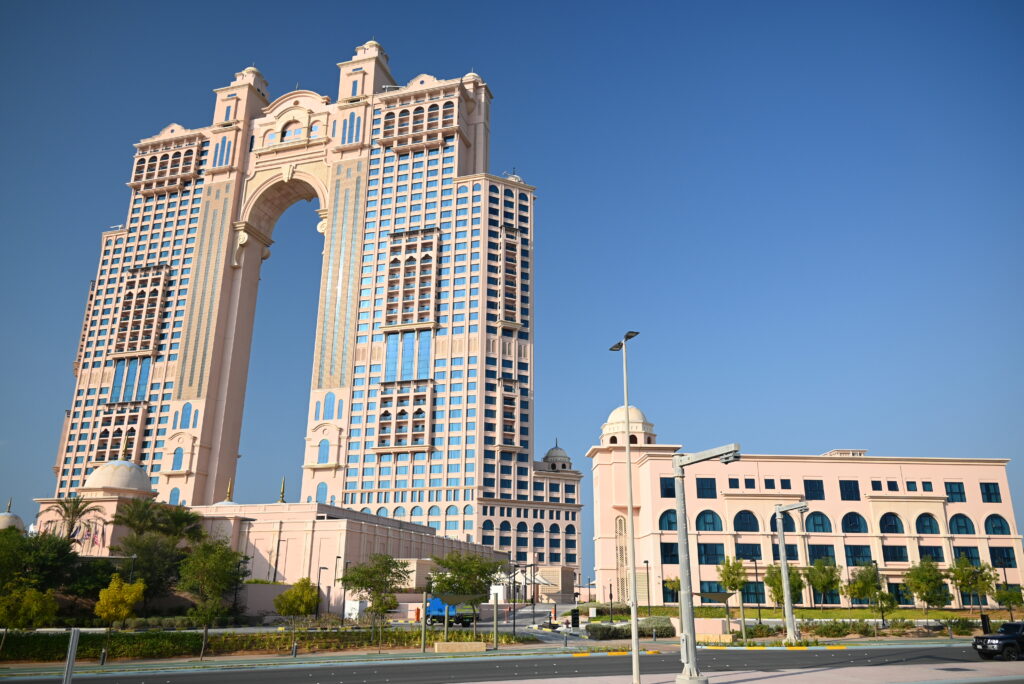
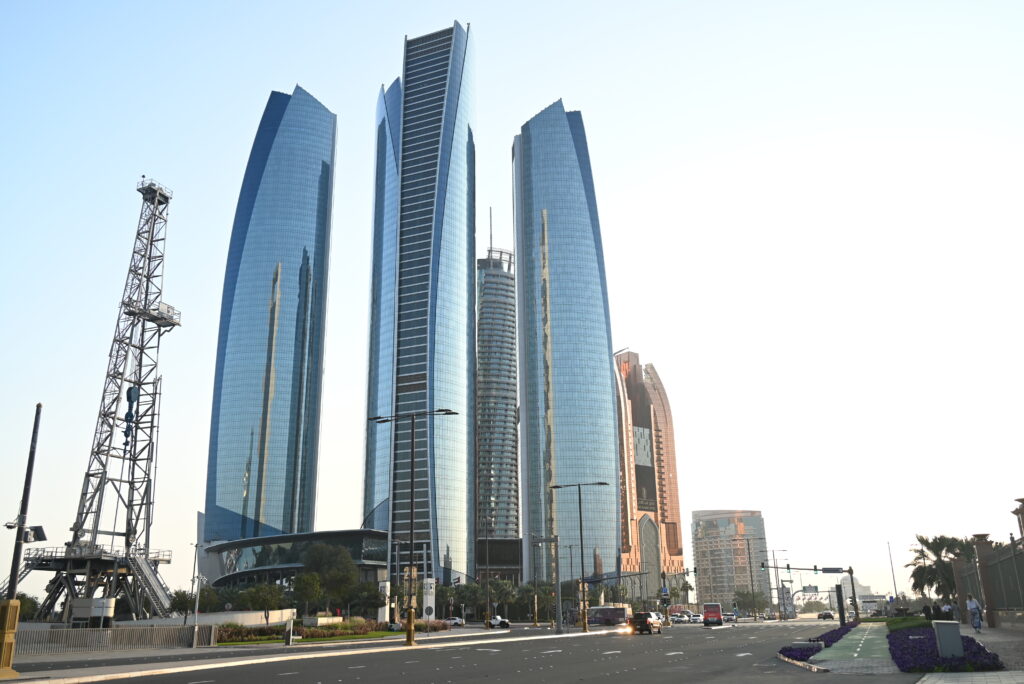

Day 2: We dedicate a significant part of the day to visiting the Sheikh Zayed Mosque, built in 2007. The mosque is quite far from the city center, and it takes us a long time to get there and back by bus.


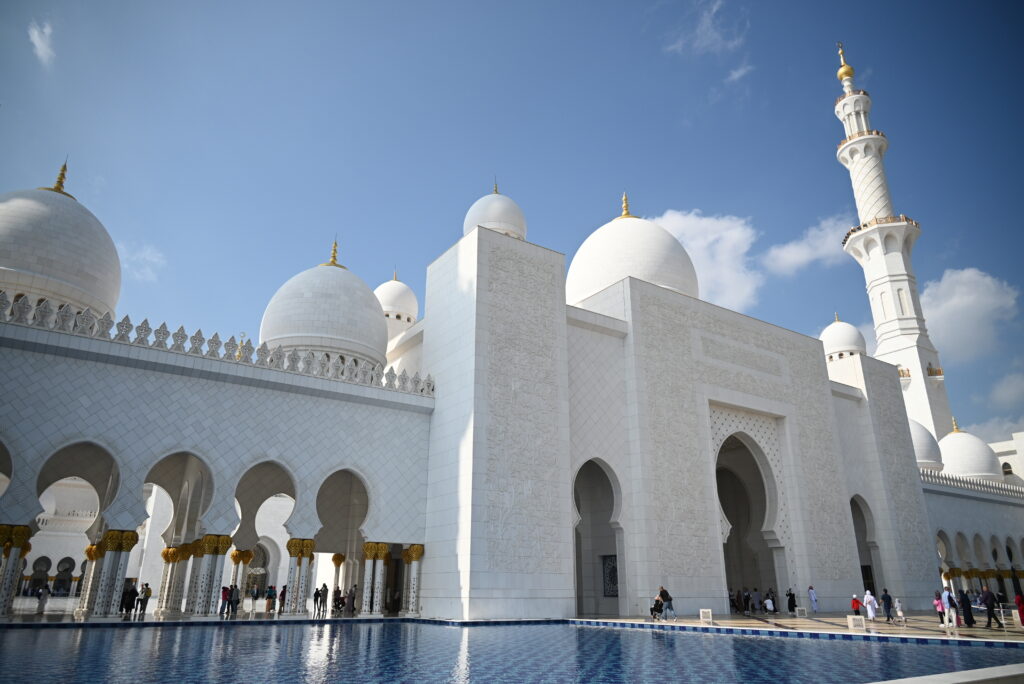

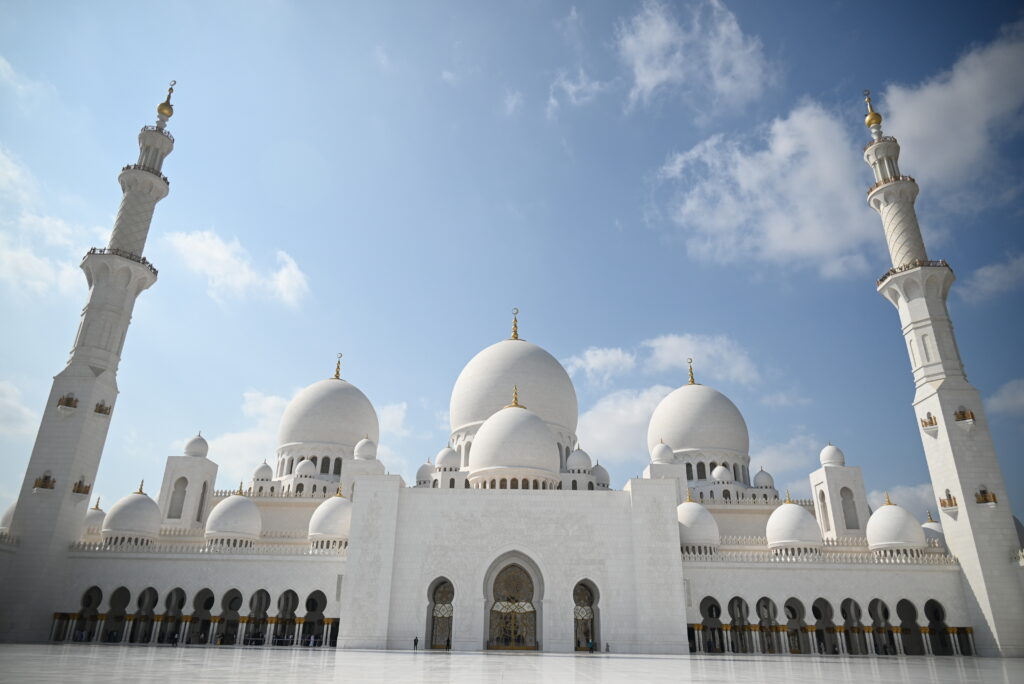
Back, we stroll through the streets of Abu Dhabi and return to the Corniche.
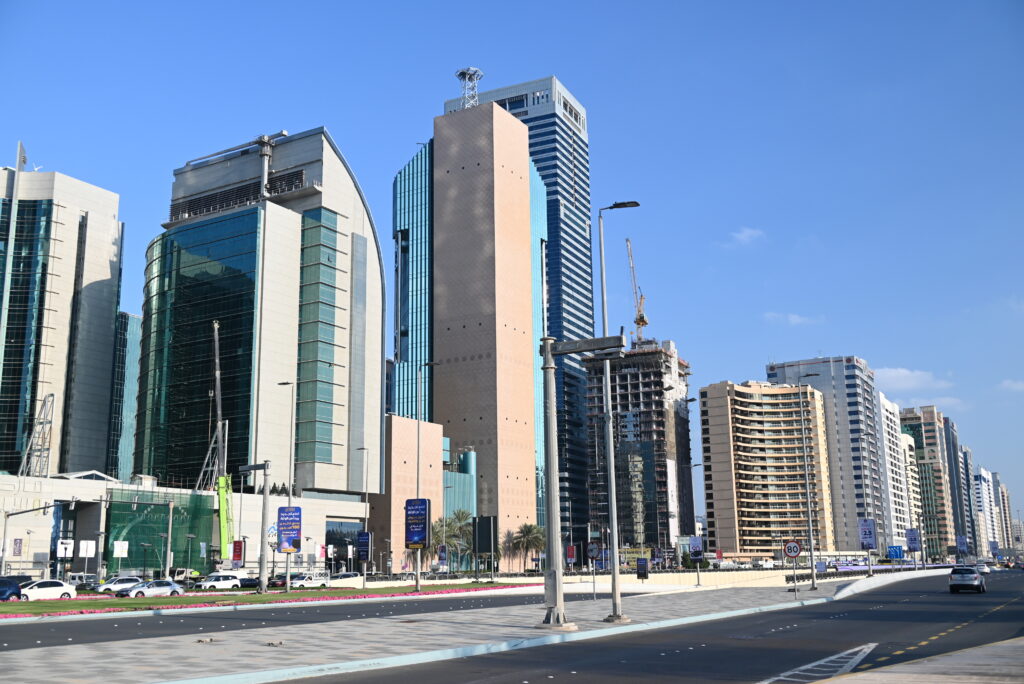

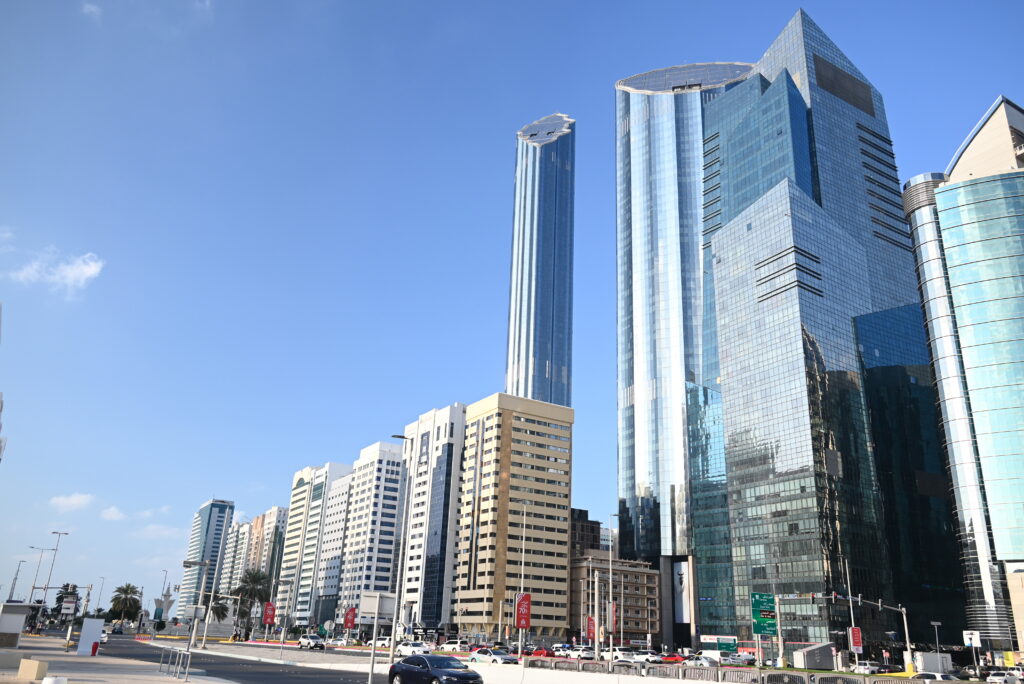
Day 3: In the morning, once we’ve picked up the car, we visit Qasr Al Watan, the presidential palace of the United Arab Emirates. The visit is a bit expensive, and the palace, although beautiful, feels somewhat empty.
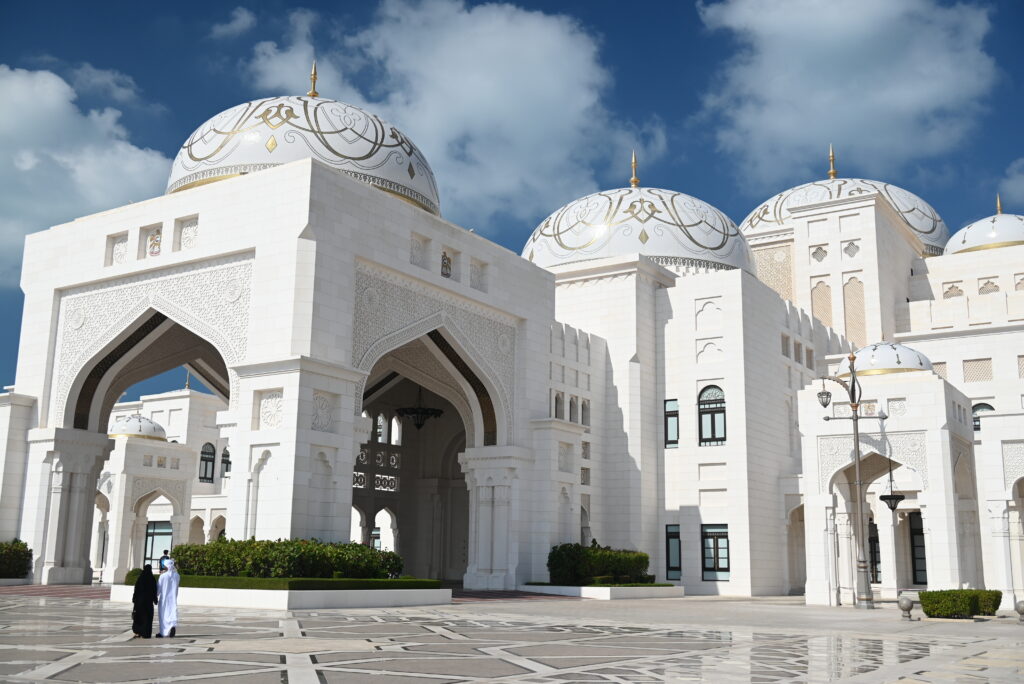
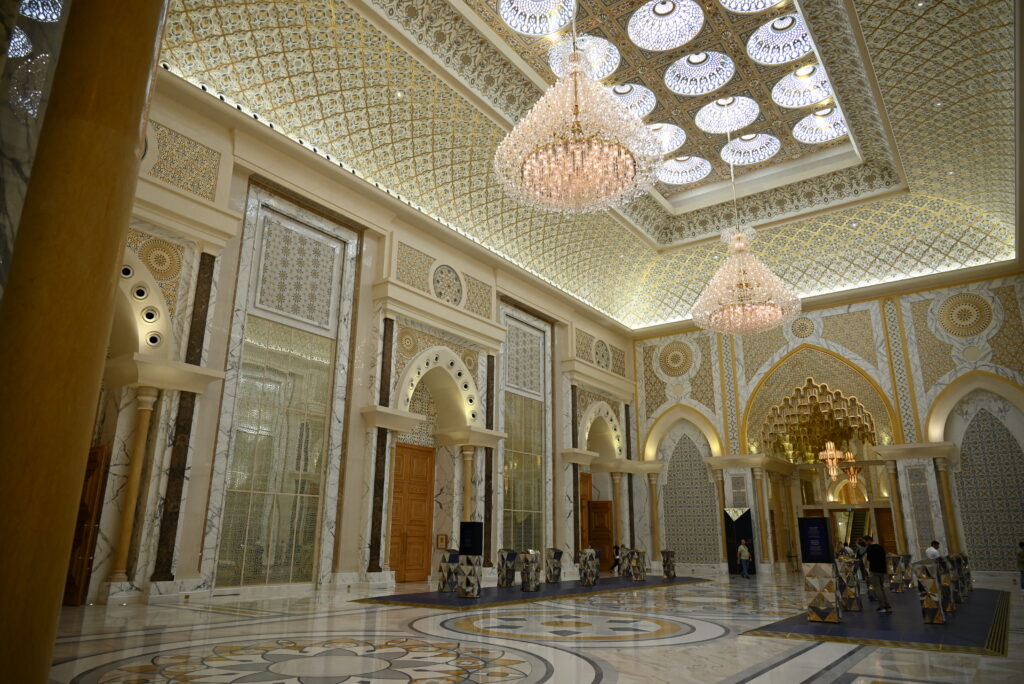
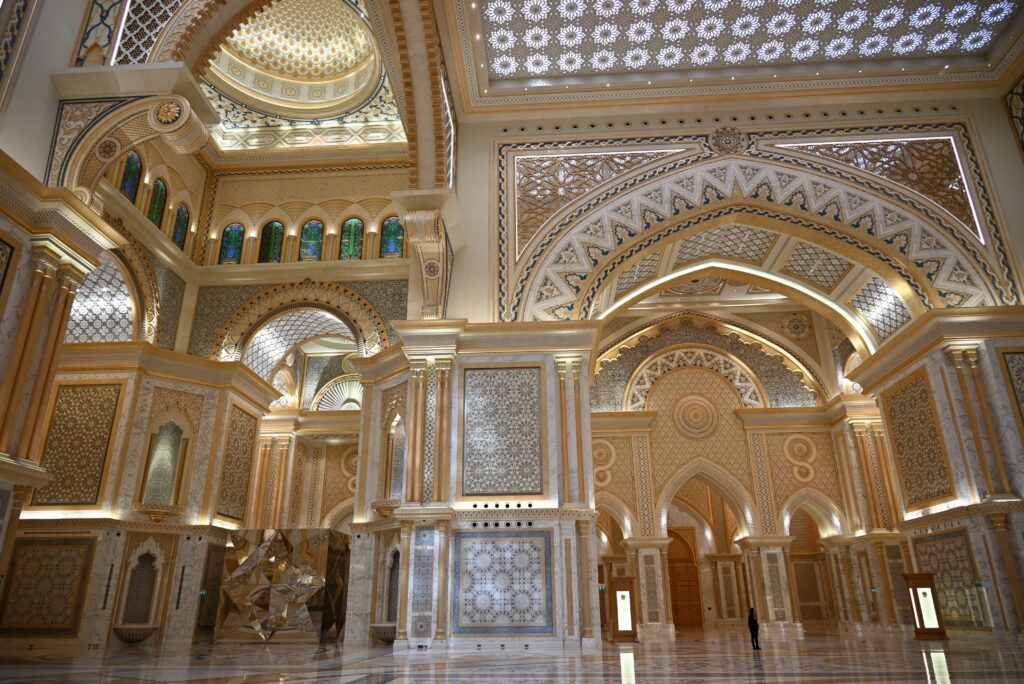
The rest of the day is dedicated to visiting the Louvre Abu Dhabi, which showcases a collection (in the form of an exhibition with a guided path) on the history of the world and the evolution of artistic practices.
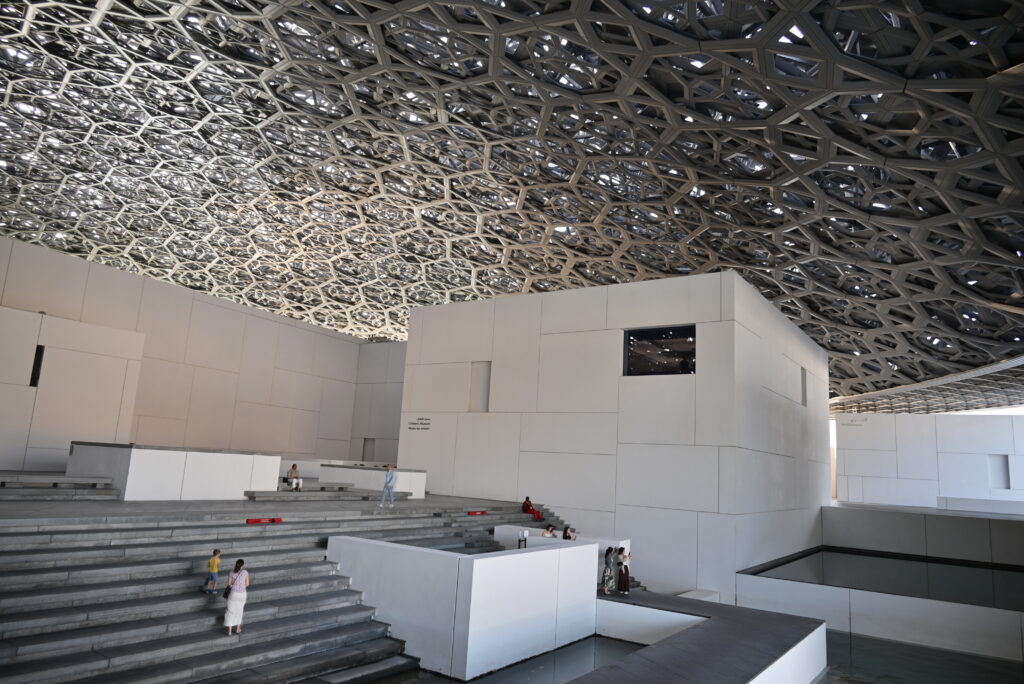
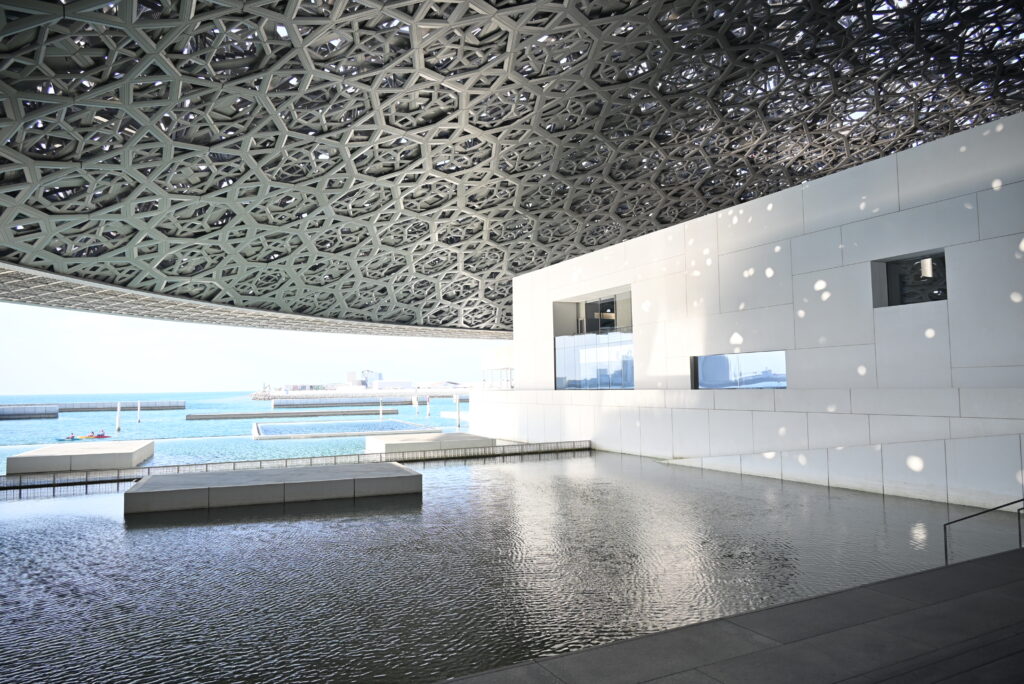
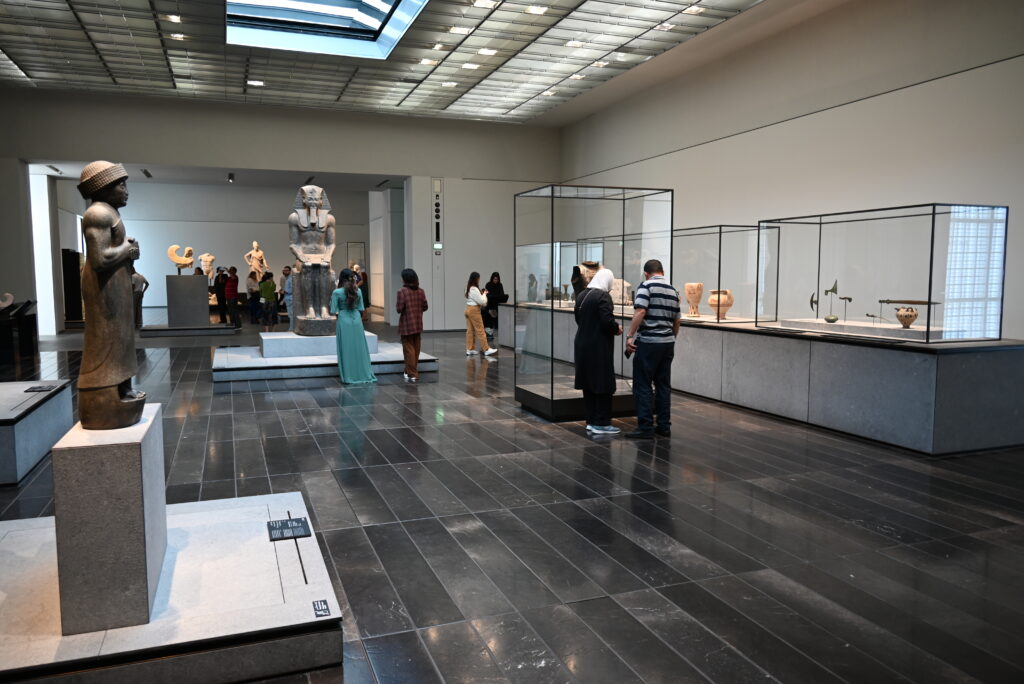
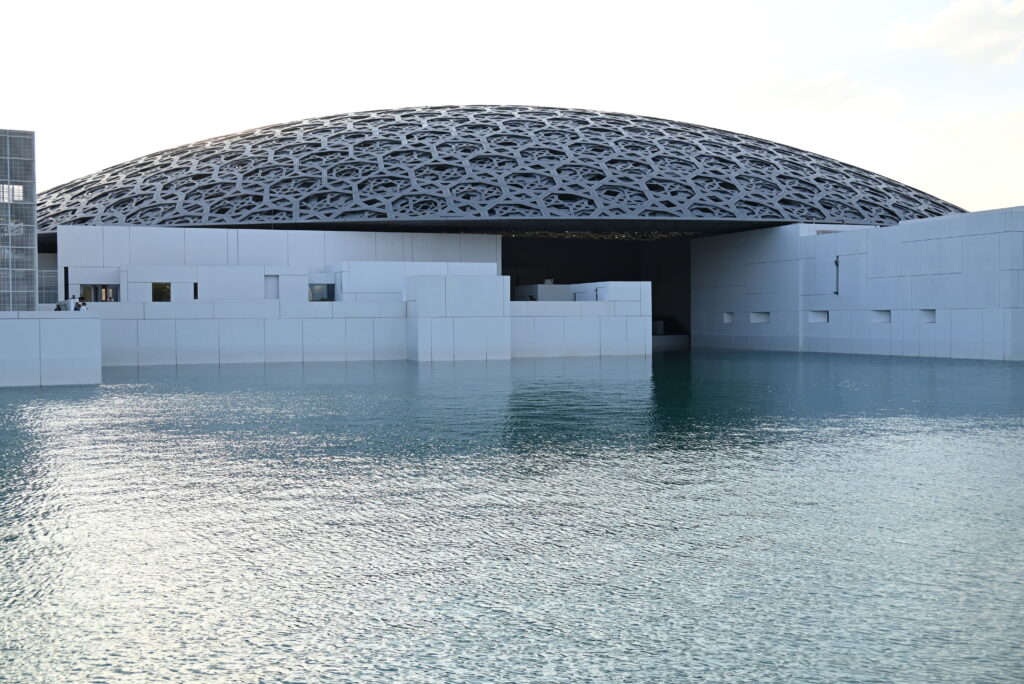
Day 4: We hit the road, heading to the Liwa Desert, part of the Rub al-Khali desert, the largest continuous sand expanse globally, comparable in size to France.
We start with the Mezair’ah and Dhafeer forts, which are relatively small.
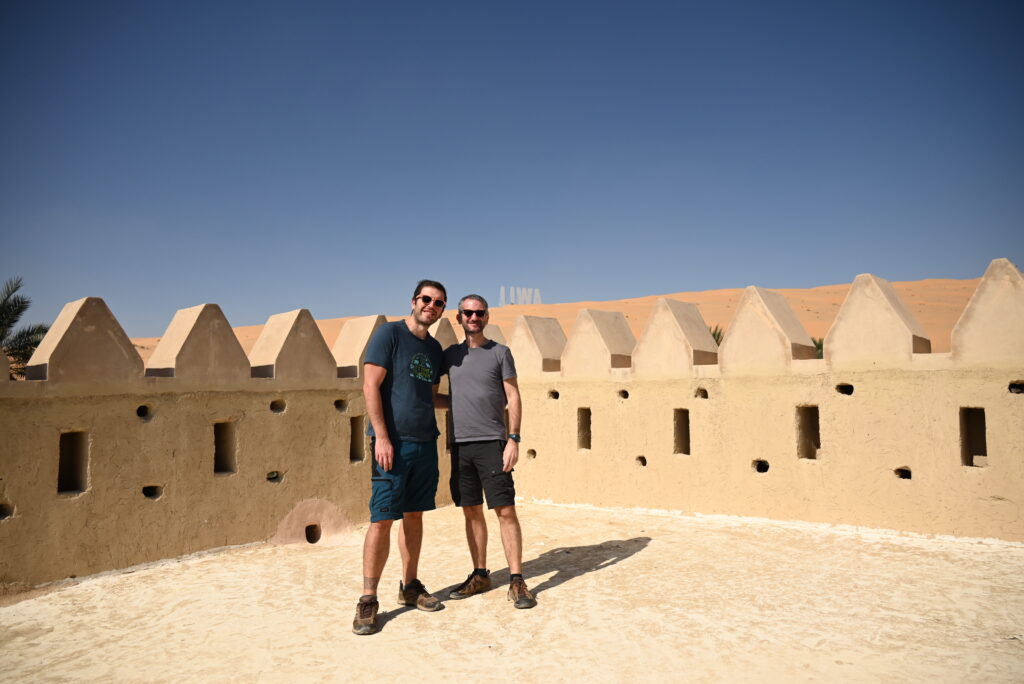
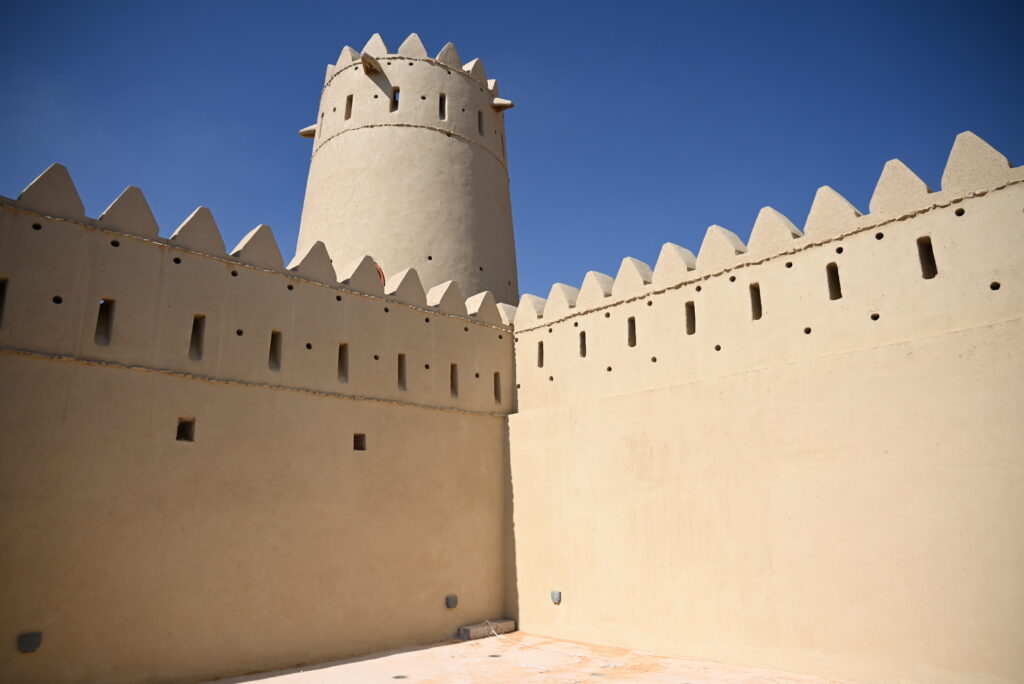
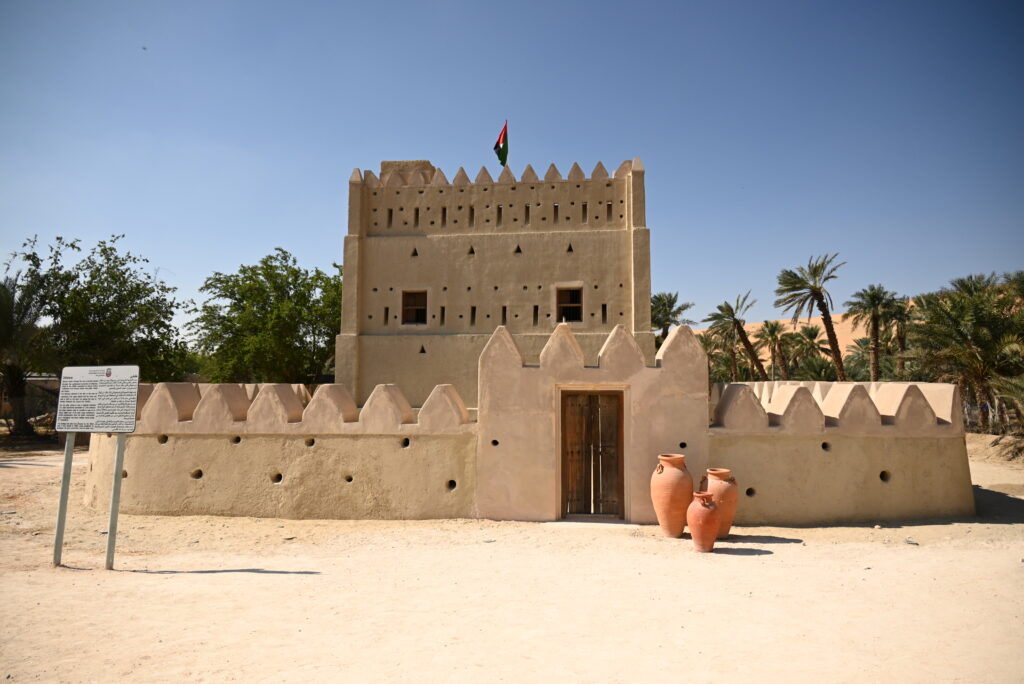
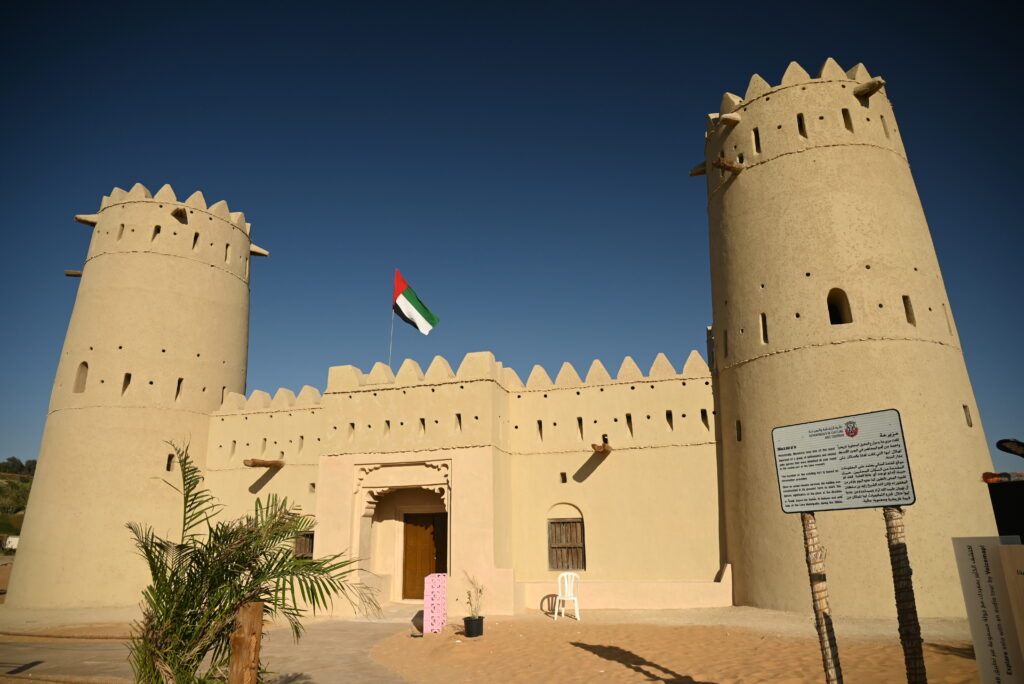
We then take the road winding through the desert to the Moreeb Dune. The road provides frequent stops, and it’s easy to climb to the top of a dune to enjoy stunning views of the desert.
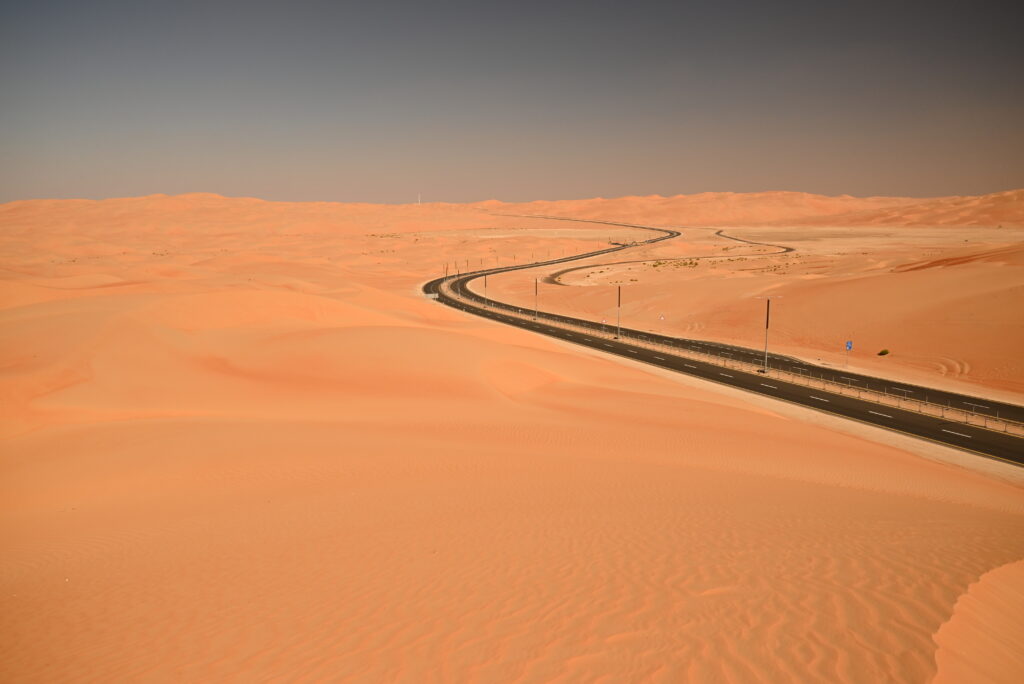
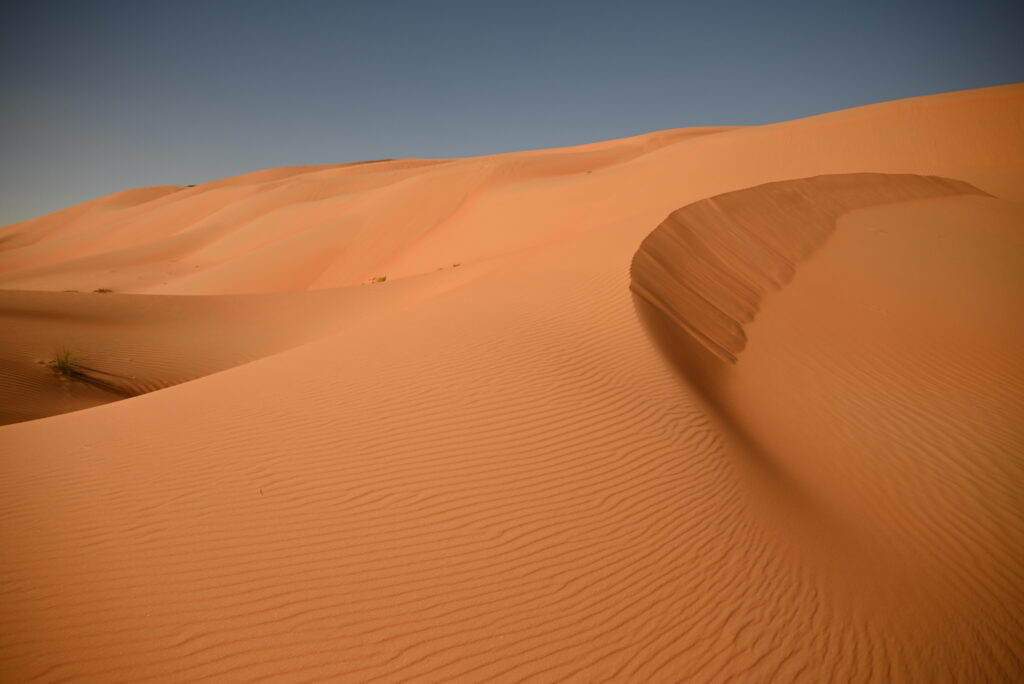
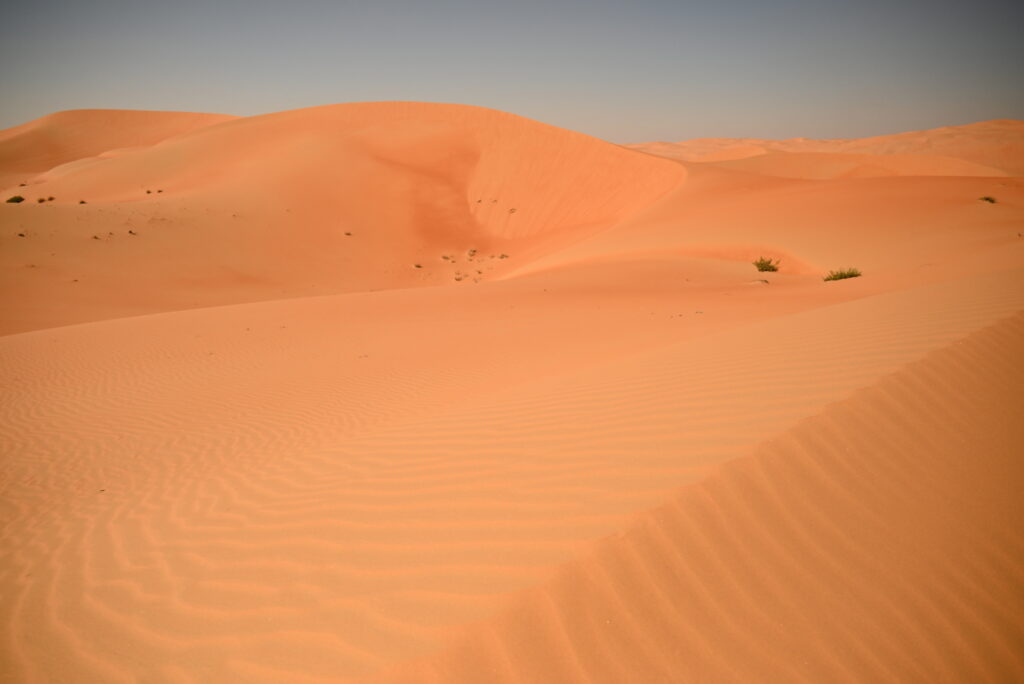
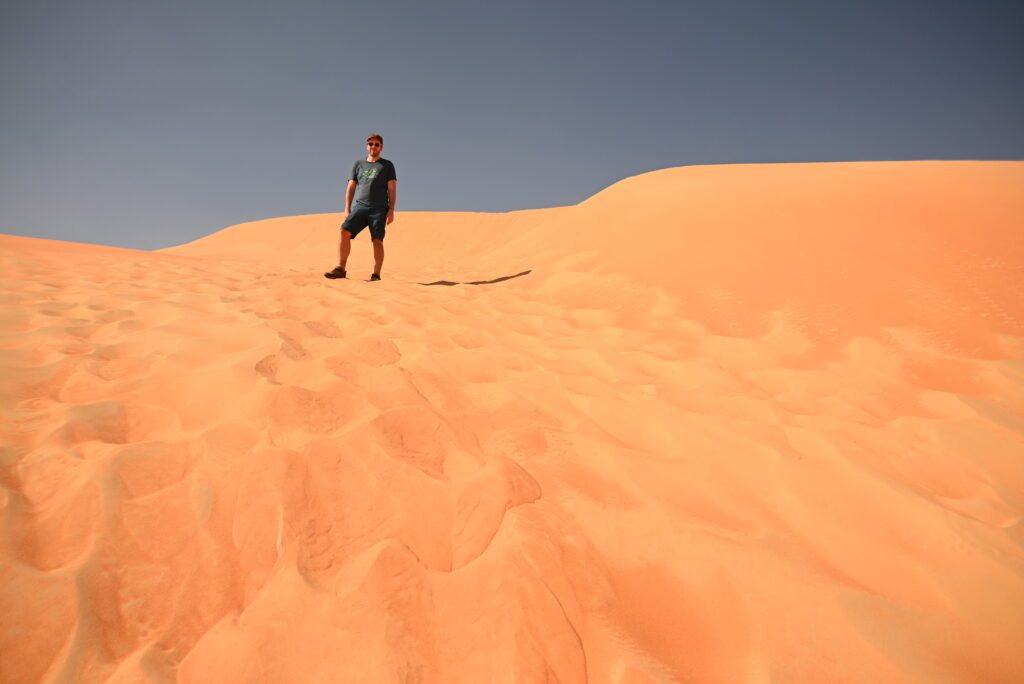
We return to Abu Dhabi to sleep.
Day 5: We leave the city of Abu Dhabi for Al Ain, the fourth-largest Emirati city, located in the emirate of Abu Dhabi. The buildings are lower than in Abu Dhabi, but the city is still very extensive. We start with a visit to the Al Ain Palace, the former residence of Sheikh Zayed bin Sultan Al Nahyan, the founder of the United Arab Emirates in 1971.
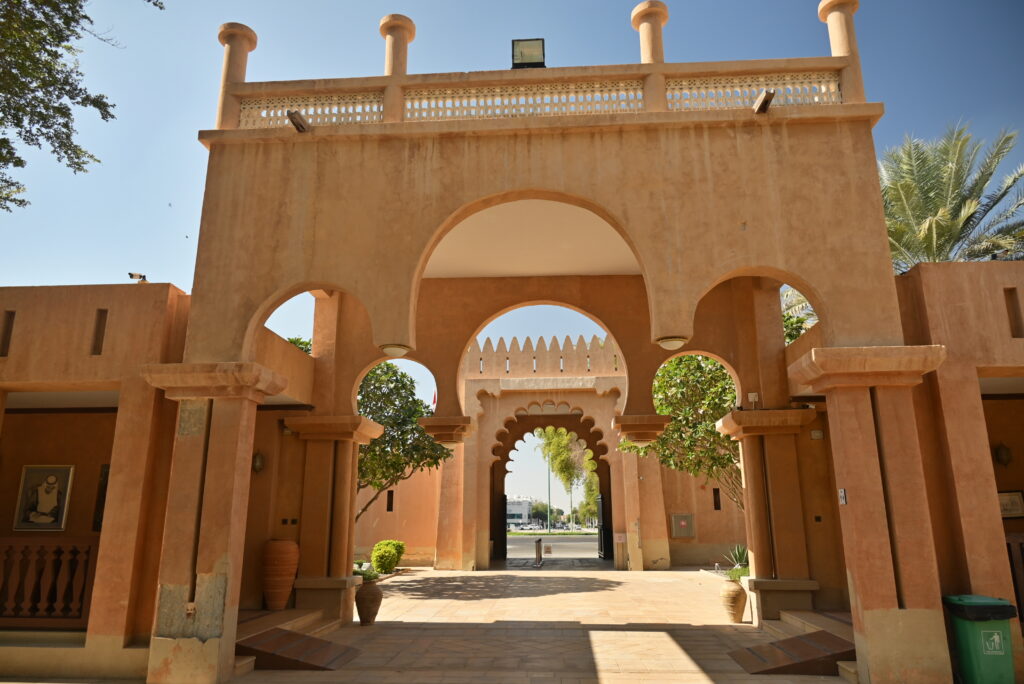
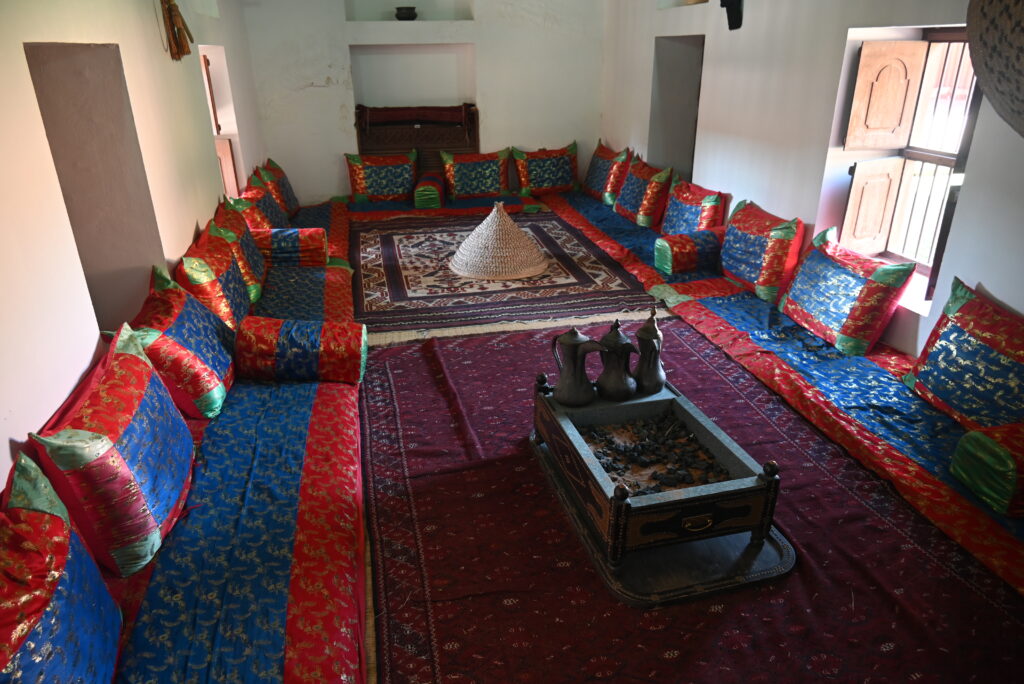
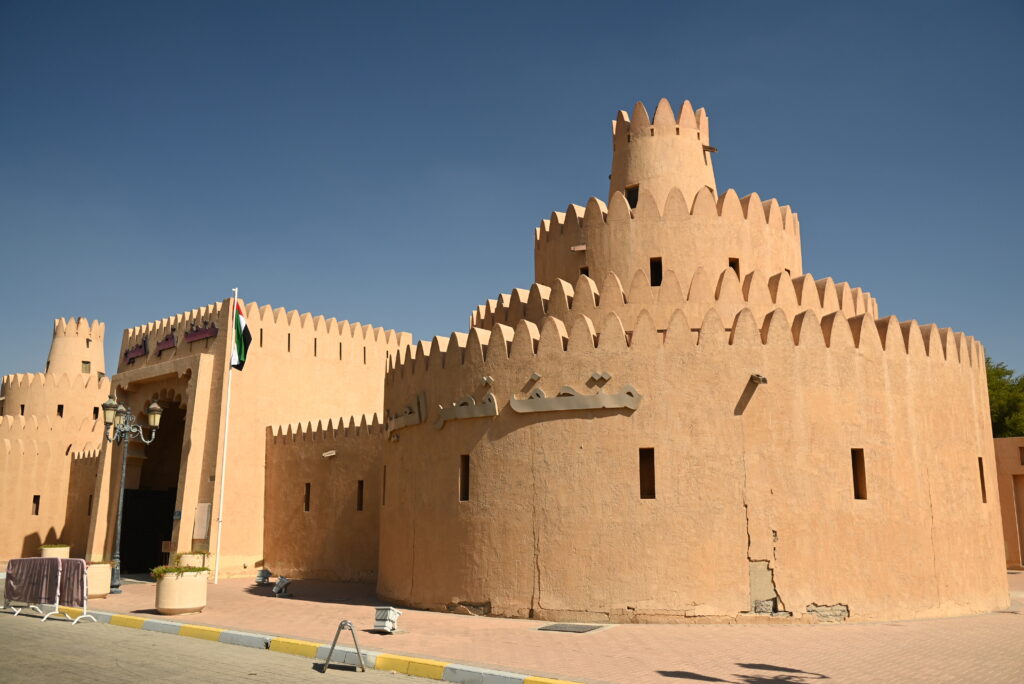
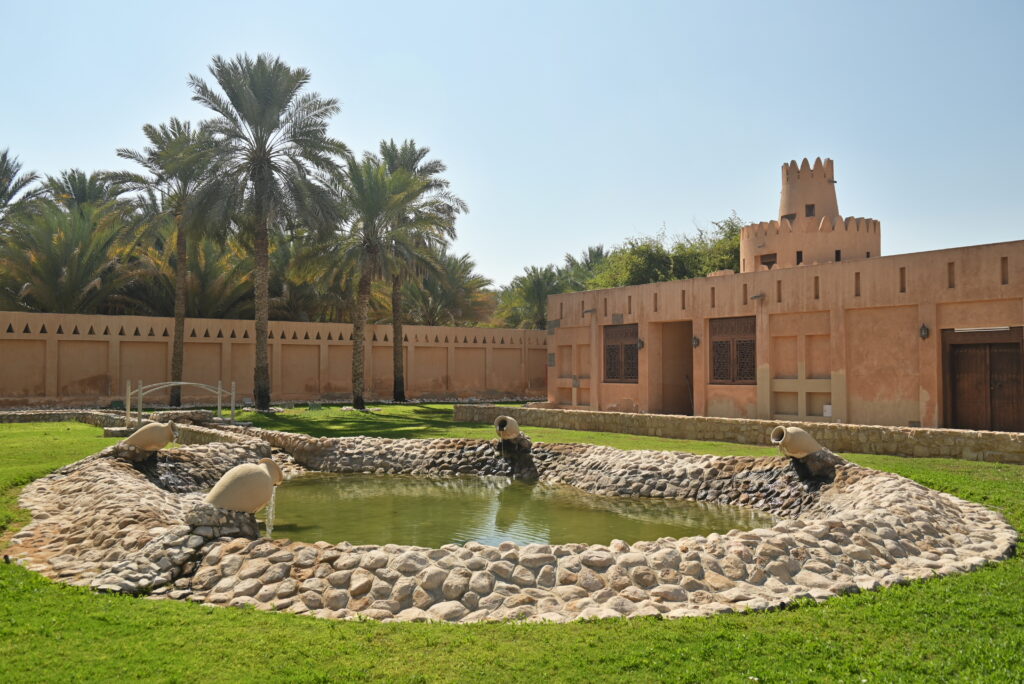
In the afternoon, we stroll through the Al Ain Oasis, somewhat disappointing when compared to the oases in Oman. It consists of a series of paved paths along date palm plots where entry is prohibited.
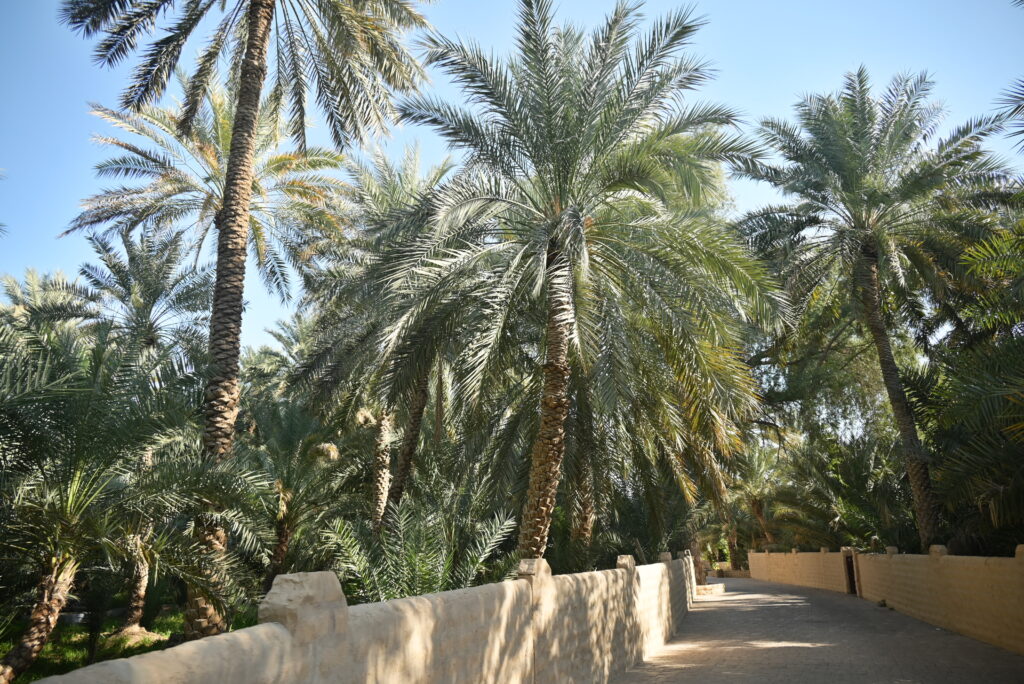
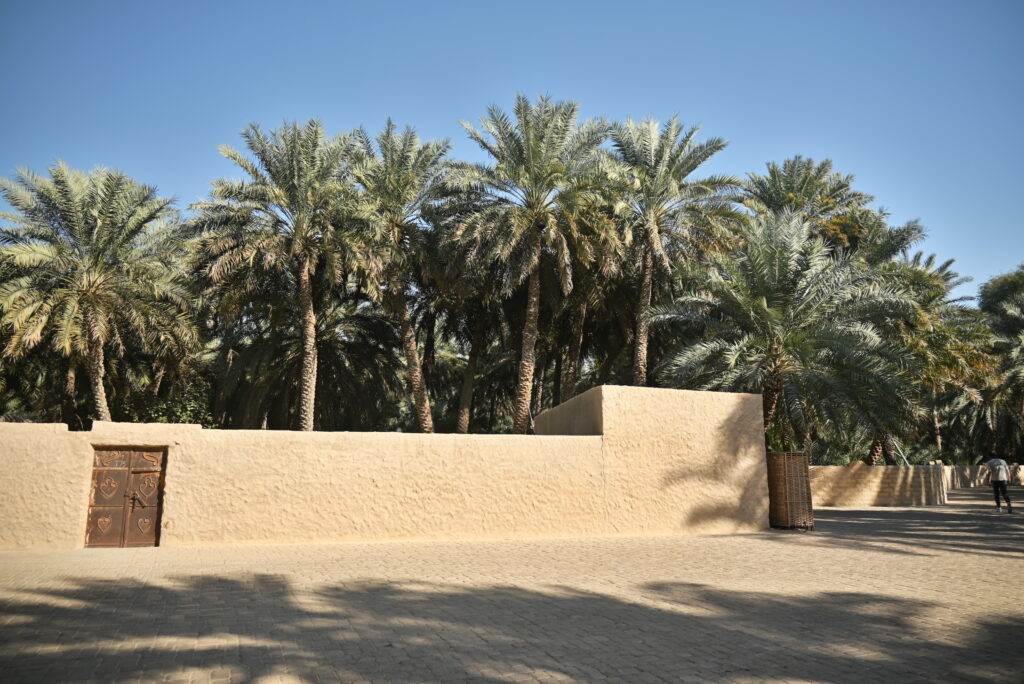
Then, we visit the Jahili Fort, which is quite beautiful.

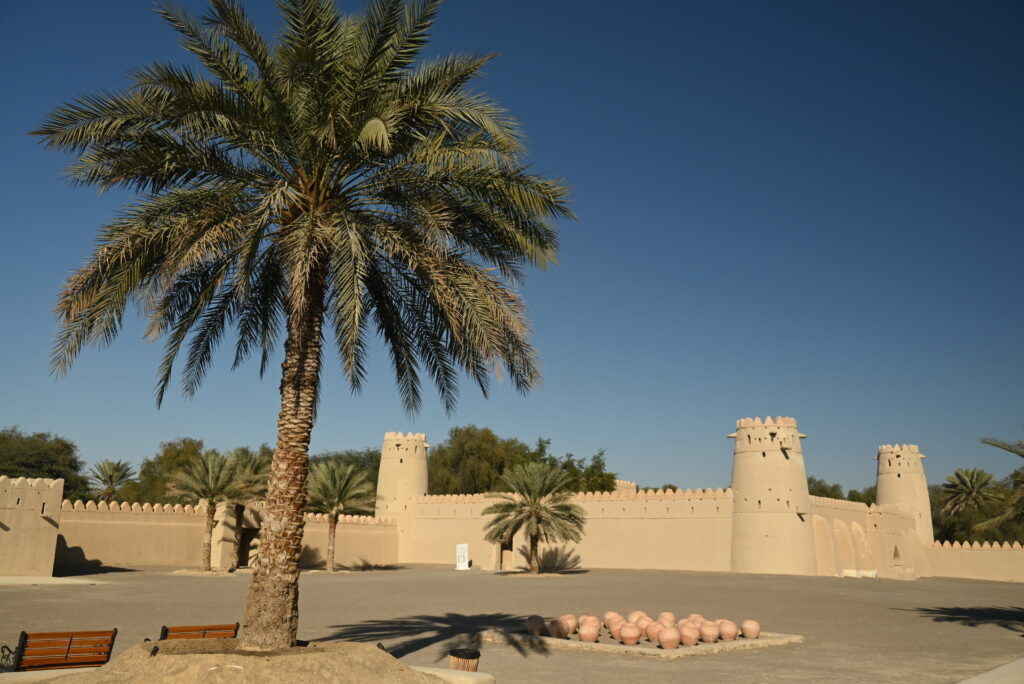

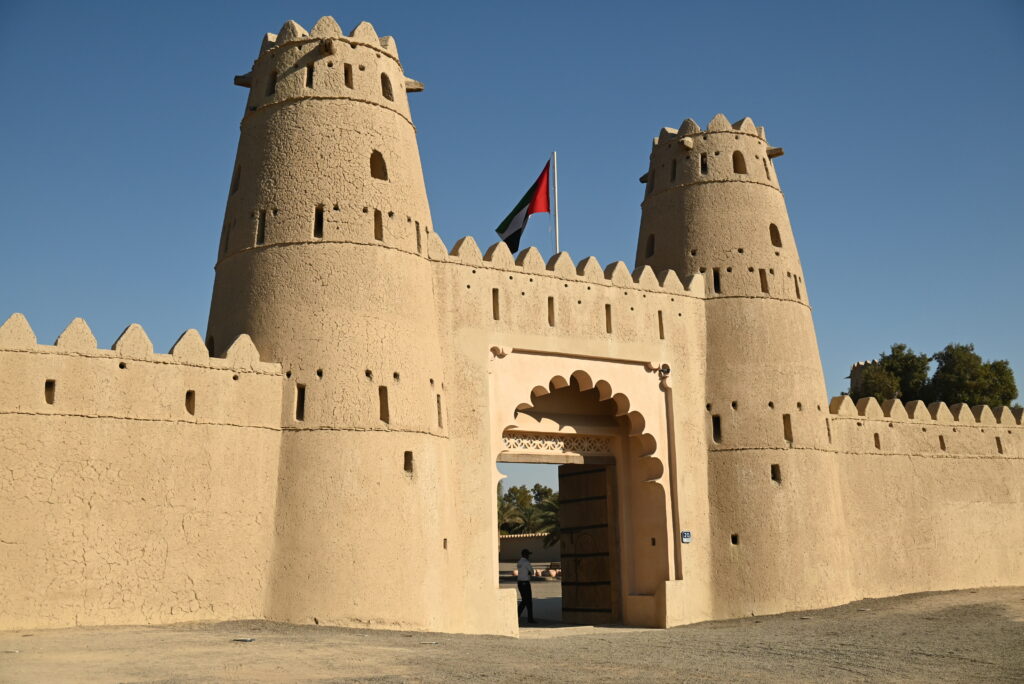
We end the day with Jebel Hafeet Mountain, where our hotel is located. The road provides a lovely view of the city of Al Ain and Oman.
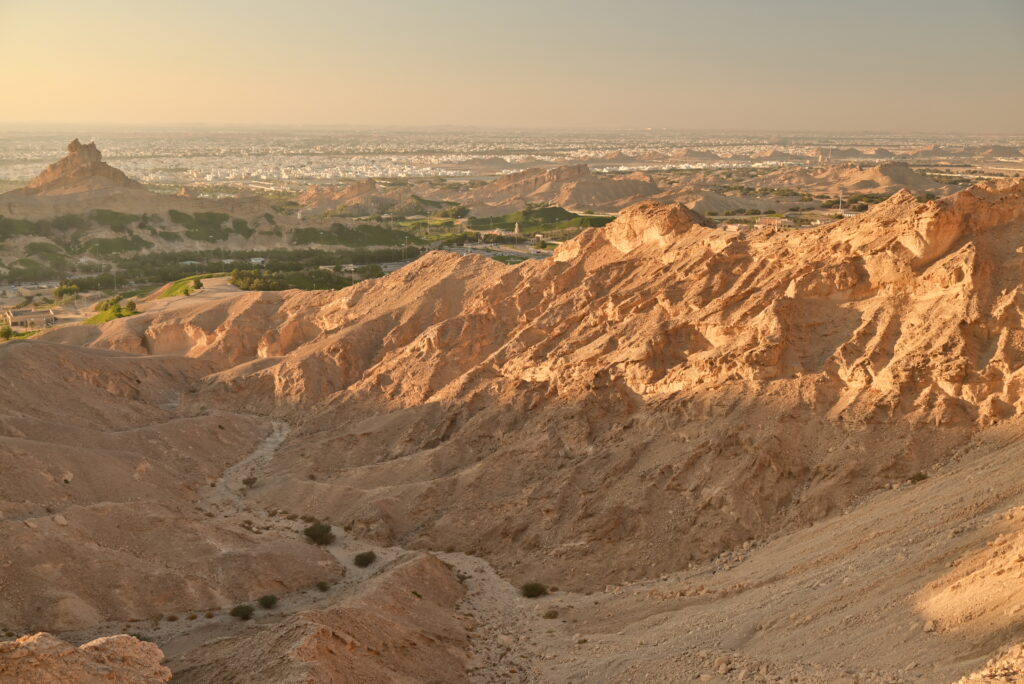
Day 6: In the morning, we head to the Al Ain archaeological site, home to UNESCO-listed tombs dating back 5000 years.
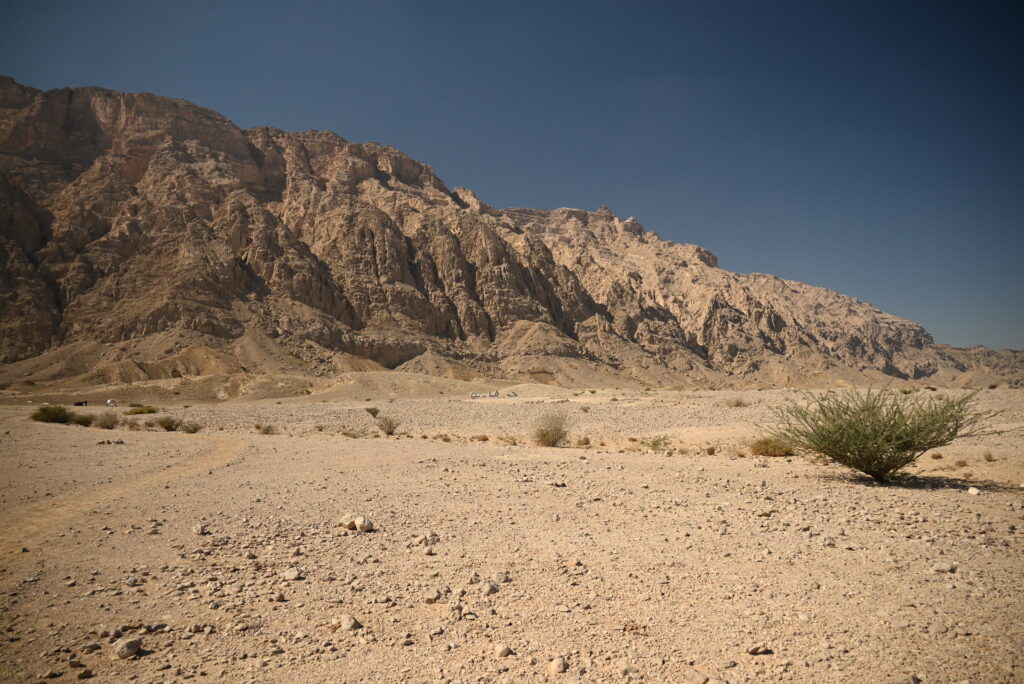
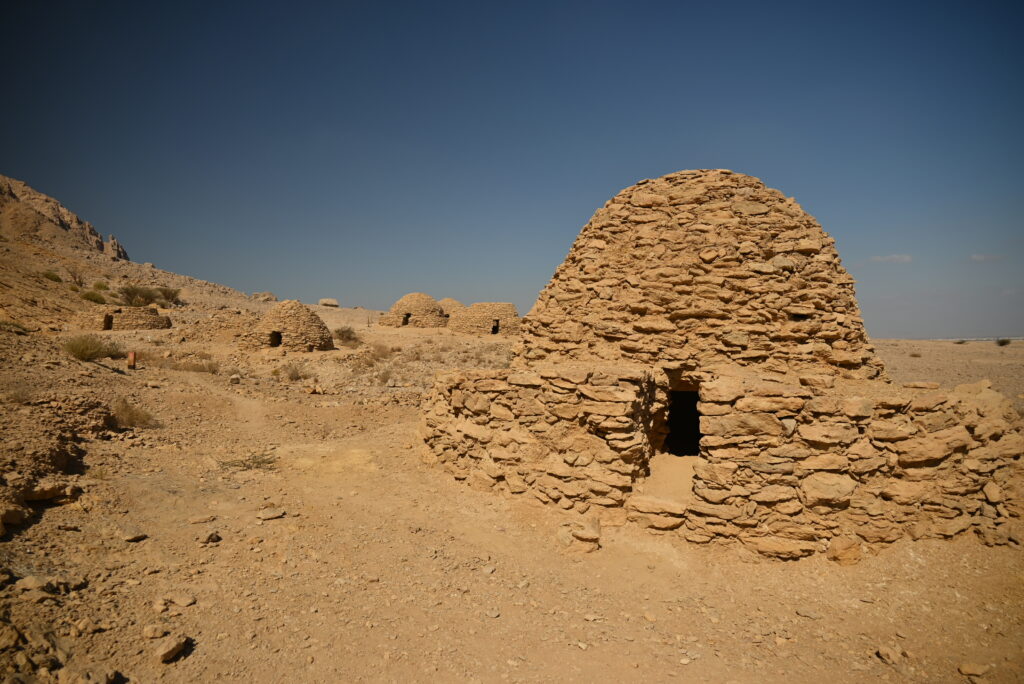

We take advantage of the hotel, located in a beautiful area, to rest a bit. It’s wise to conserve some energy for the next eight months!
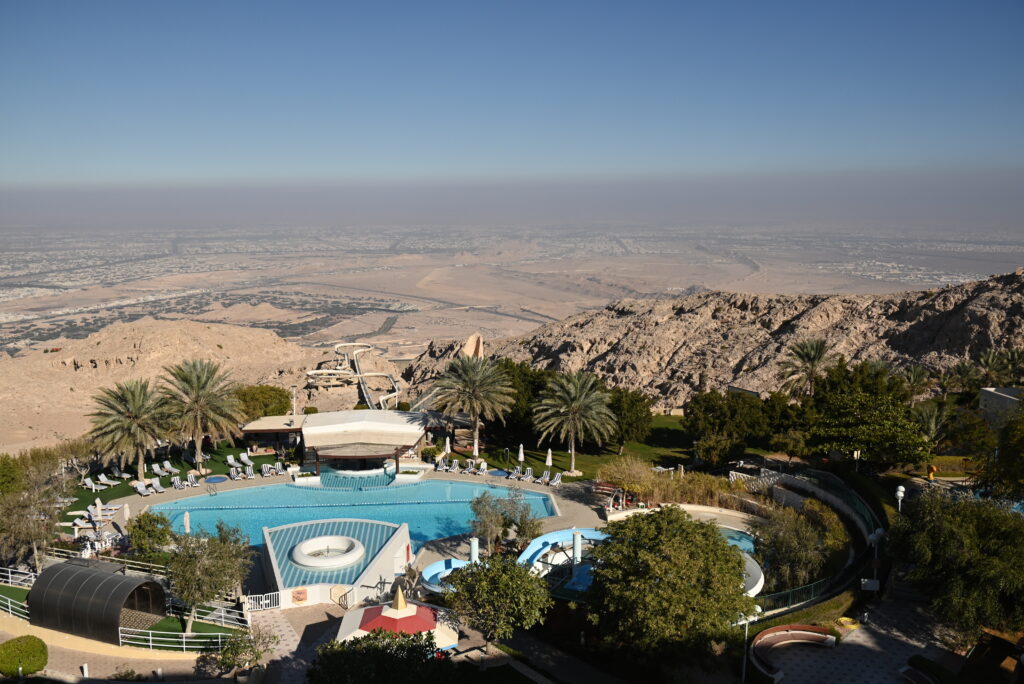
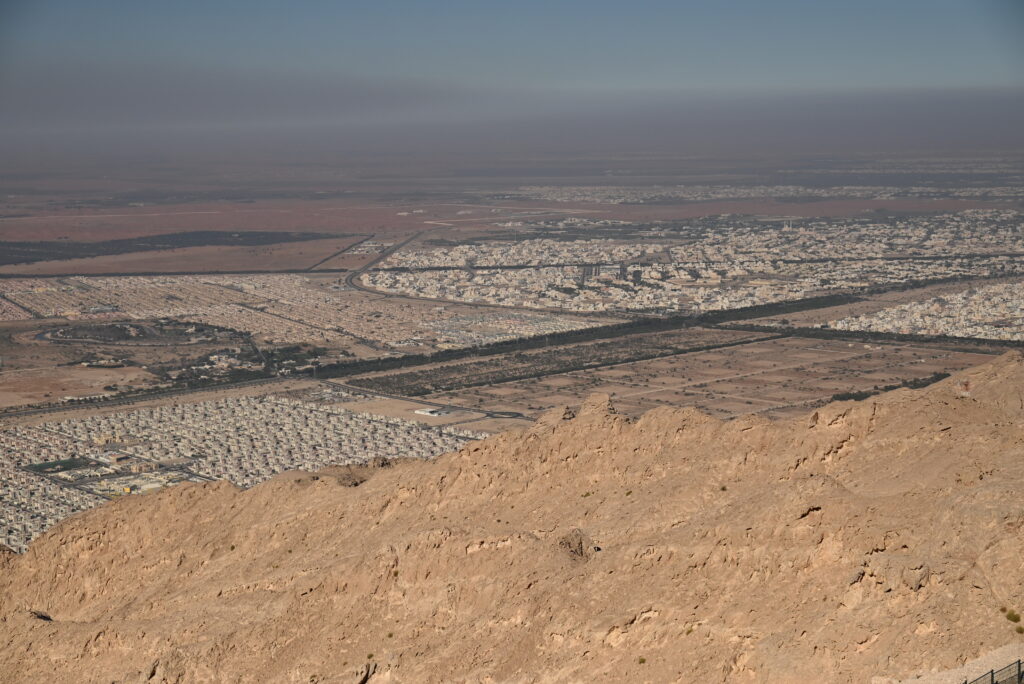
Day 7: We hit the road towards Fujairah. After a desert road where we encounter only a few camels, the city of Fujairah emerges. Some skyscrapers line the city center, and the stroll along the beach is pleasant, although completely devoid of tourists.
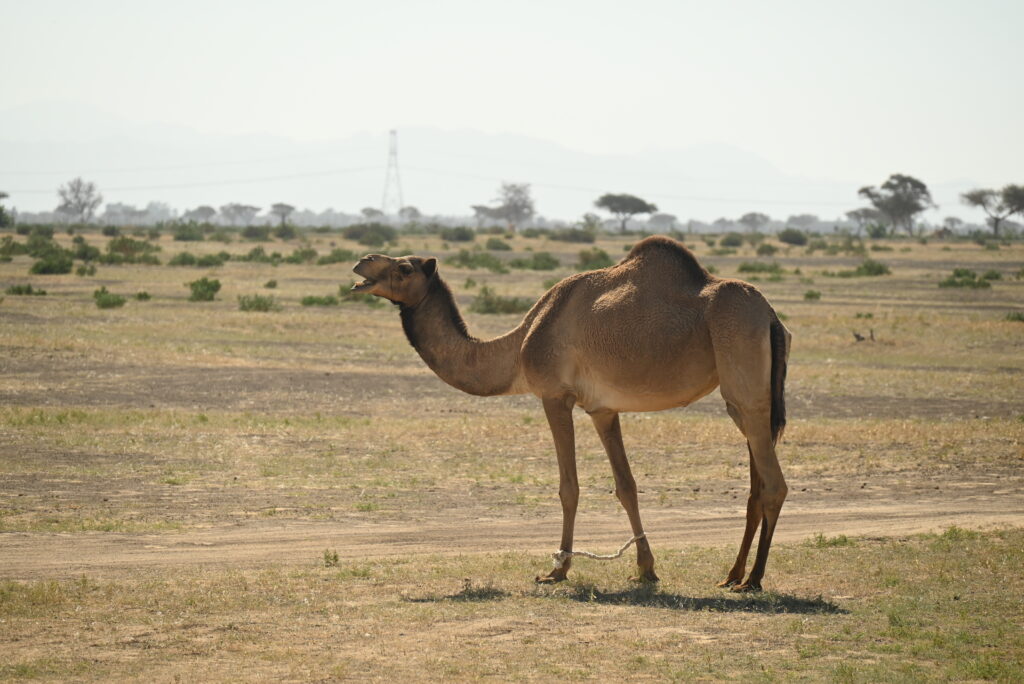
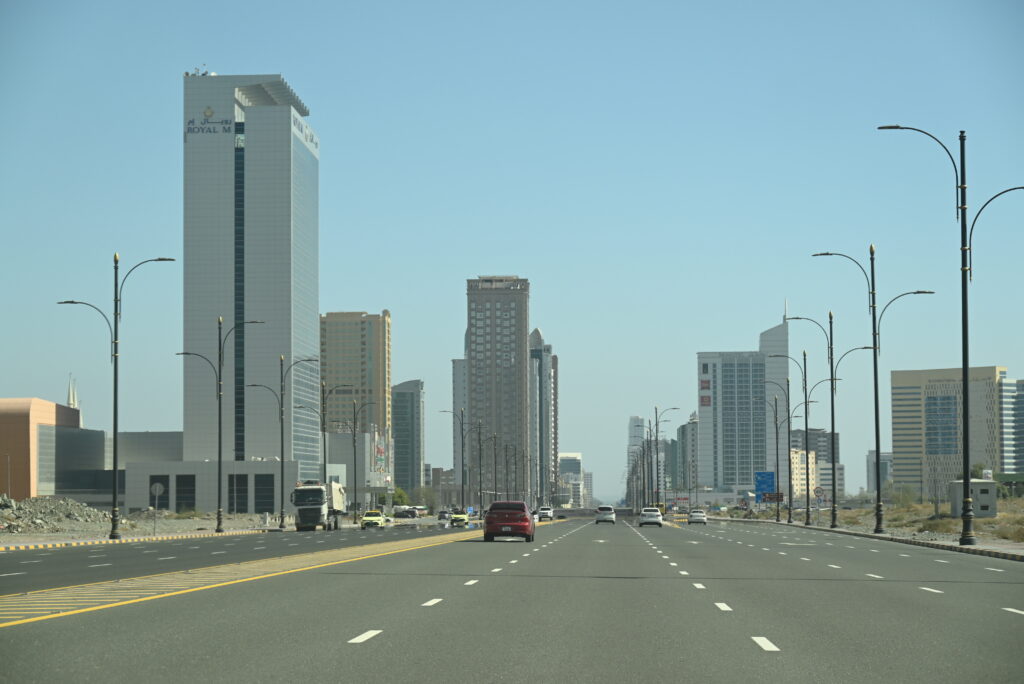
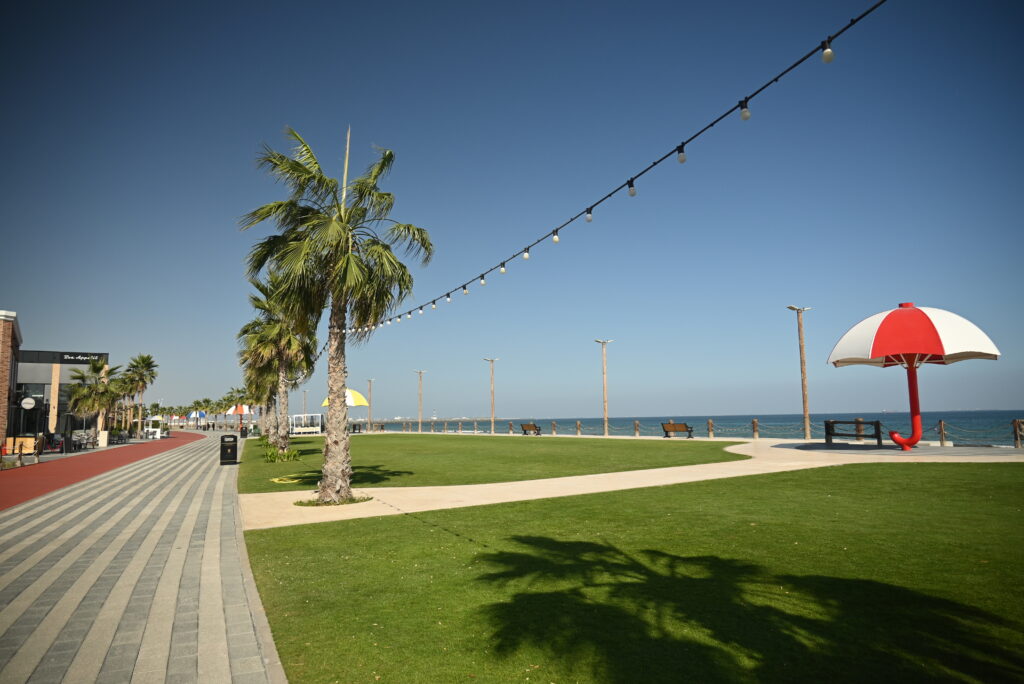
We visit the Sheikh Zayed Mosque (more modest than the one in Abu Dhabi) and the Fujairah Fort. Both sites are very picturesque, and we are the only visitors. In both cases, the visit is quick.
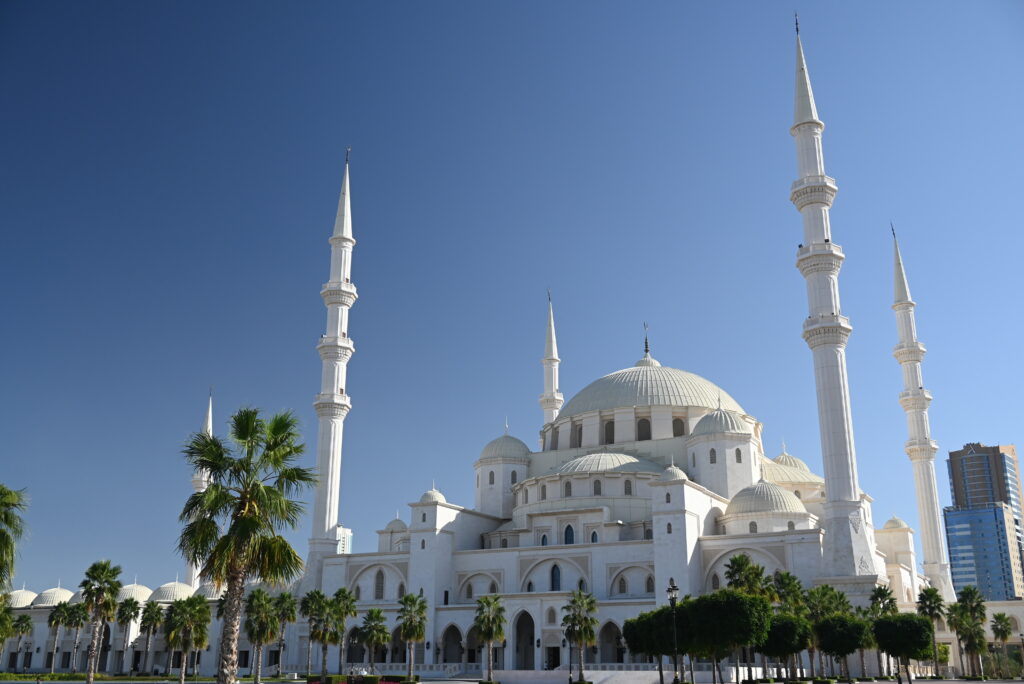
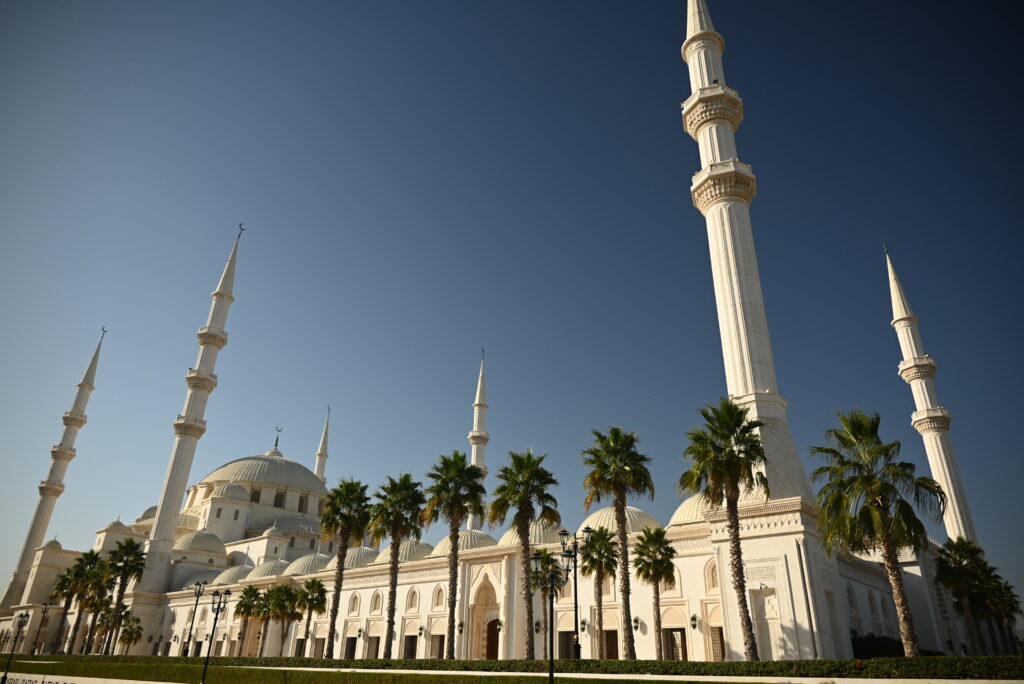
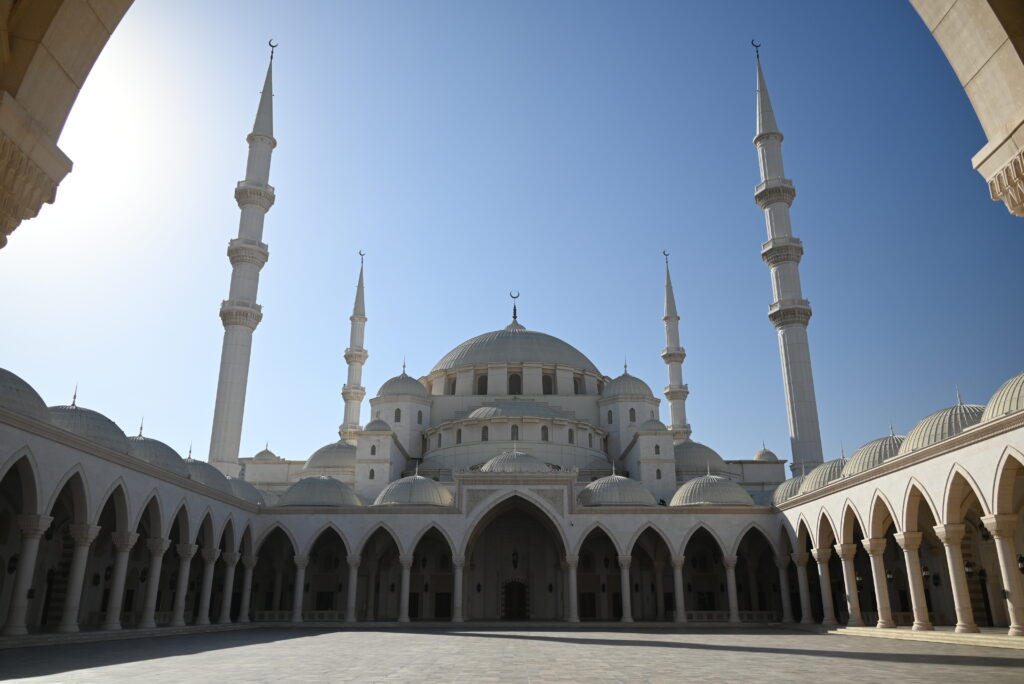
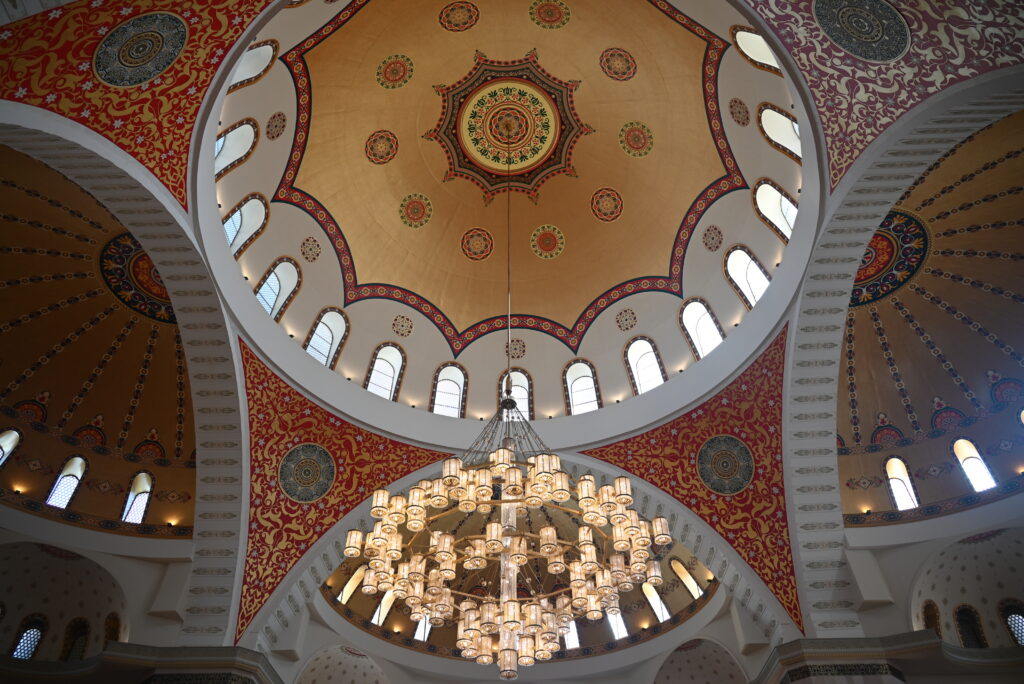
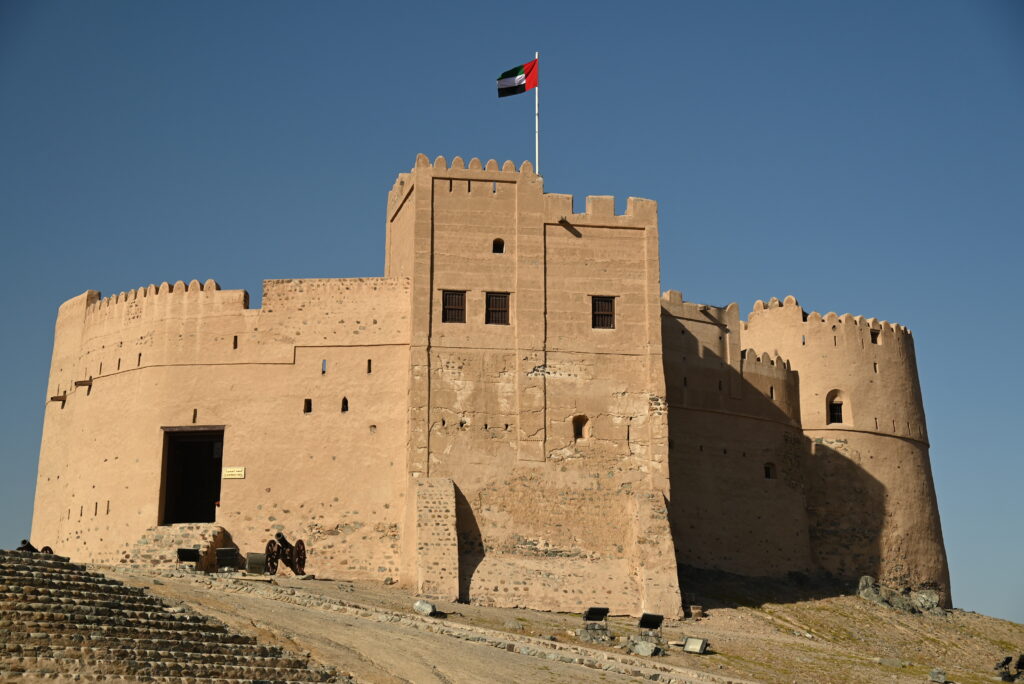
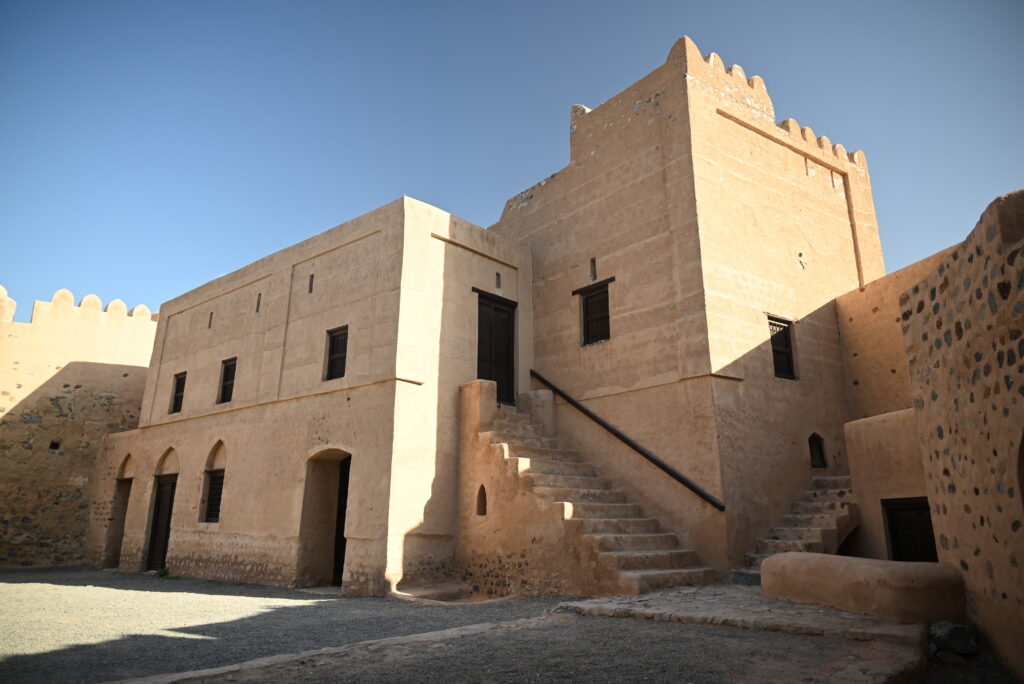
We end the day at the hotel’s pool.
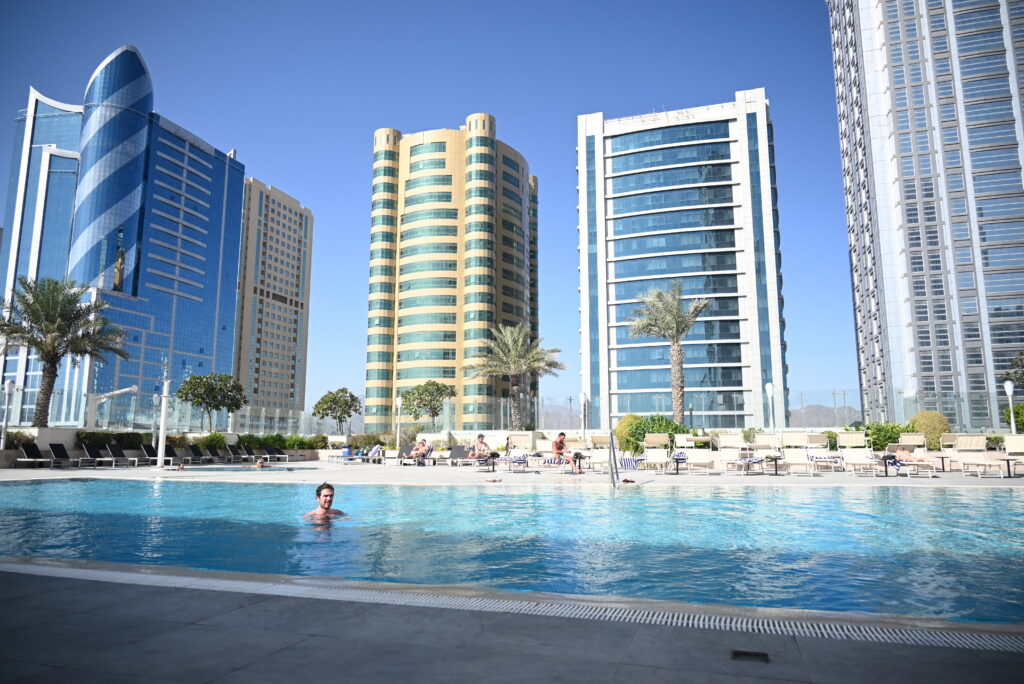
Day 8: We leave Fujairah and stop on the road to visit the beautiful Al Bithnah Fort. Once again, we are the only visitors, and the security guard opens the fort for us to explore. The surroundings of the fort are very beautiful and mountainous.
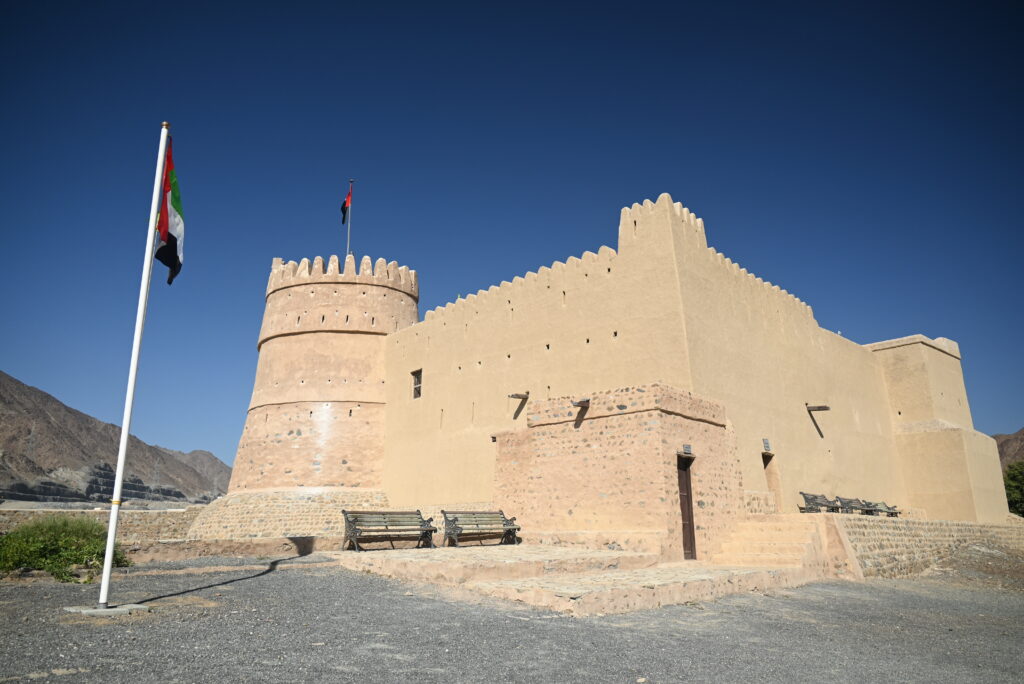
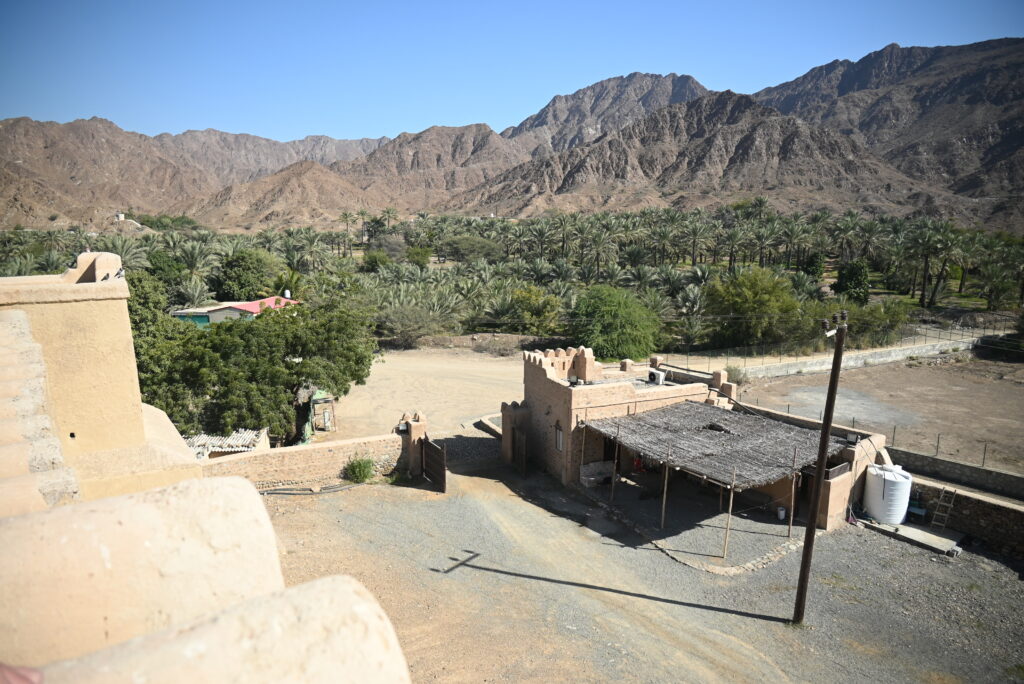
We spend the rest of the day in Ras al Khaimah, a city that, in our opinion, doesn’t have much to offer. The inhabitants seem more conservative than in other emirates.


Day 9: After an hour’s drive, we arrive in Sharjah and visit the highly interesting Museum of Islamic Civilization. The museum showcases the principles of Islam and the contributions of Muslim peoples to science and technology. Surprisingly, there still aren’t many tourists, even though we are only a few kilometers from Dubai.
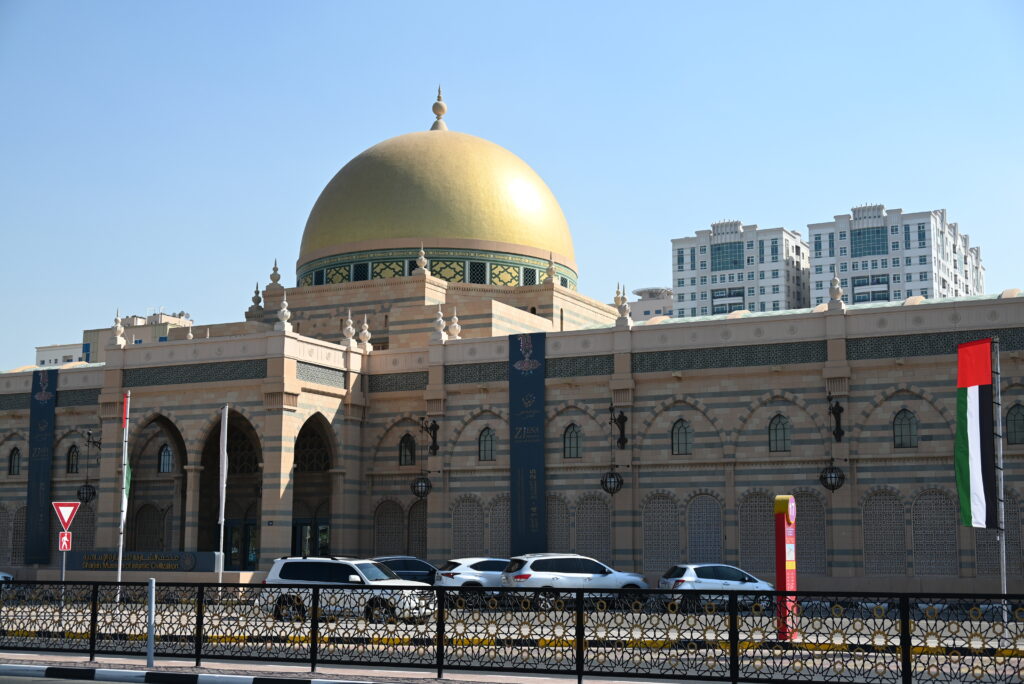

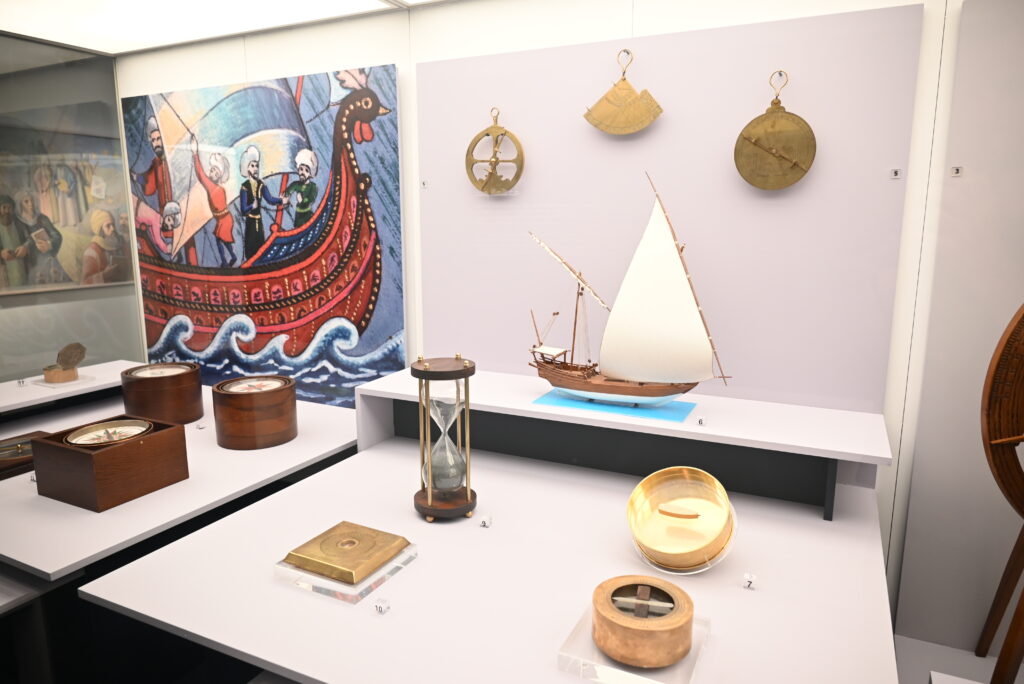
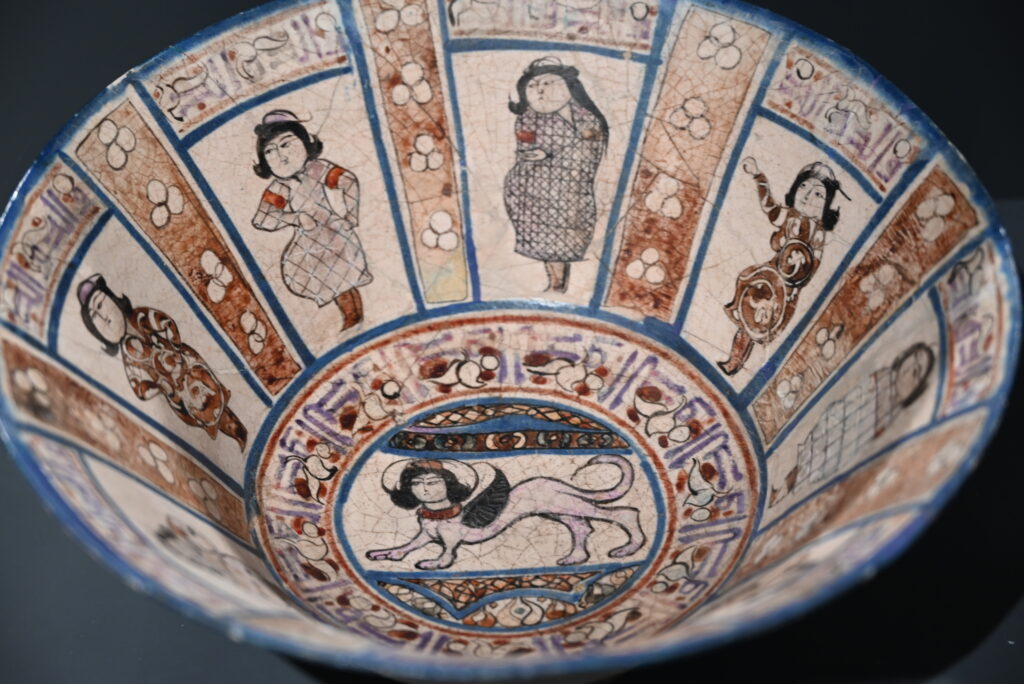
We stroll along the beautiful waterfront corniche of the city, which features lovely green spaces along the water.

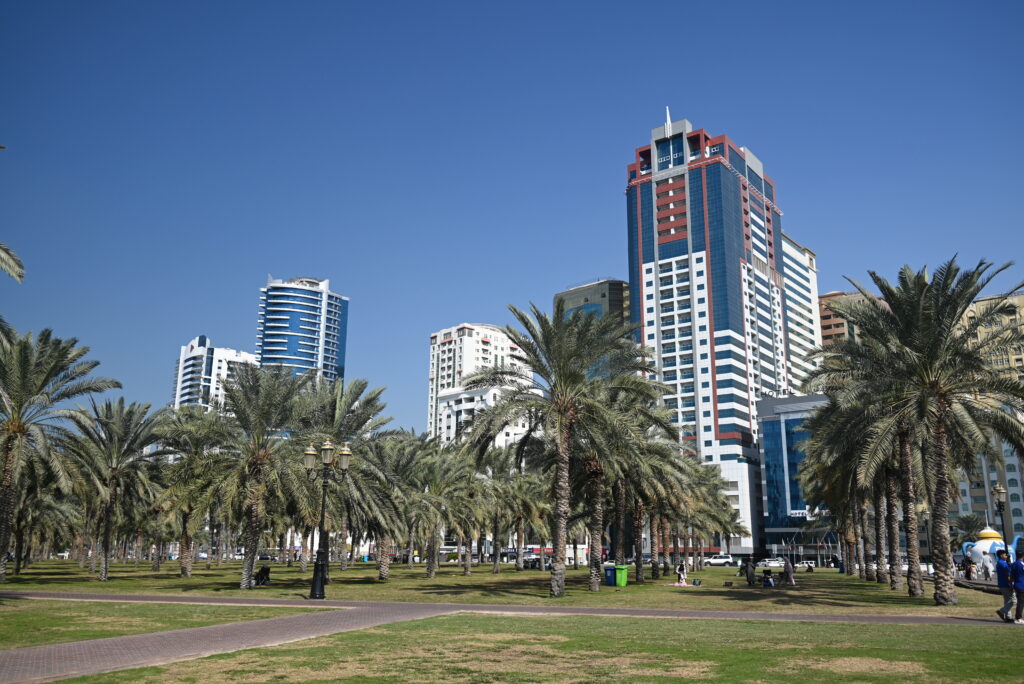
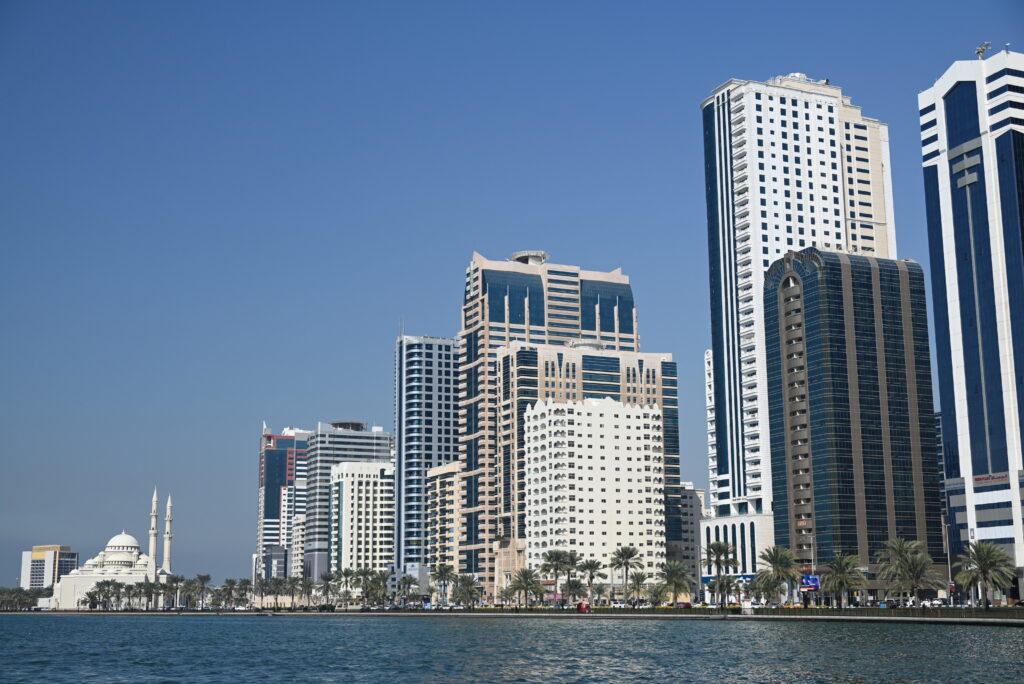
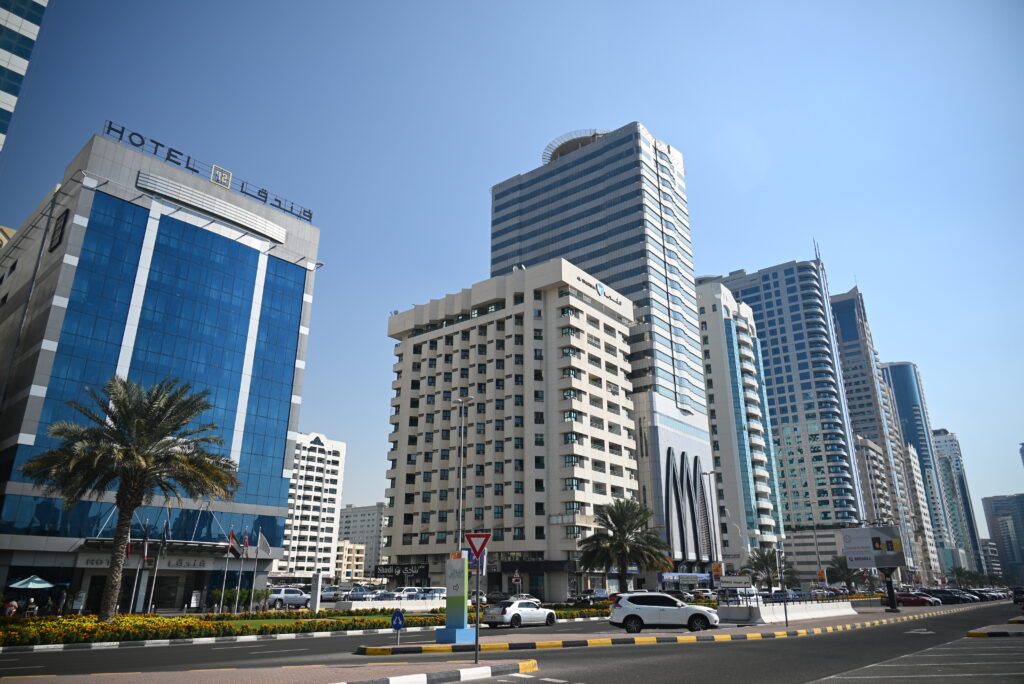
We hit the road to Dubai. We start with the Heritage Village, supposedly recreating the city’s old dwellings. In reality, it’s a series of tourist shops in a completely fake setting reminiscent of Disneyland. The vendors are a bit insistent, selling the same Made in China items, even though they claim to offer only authentic silk or pashmina products.

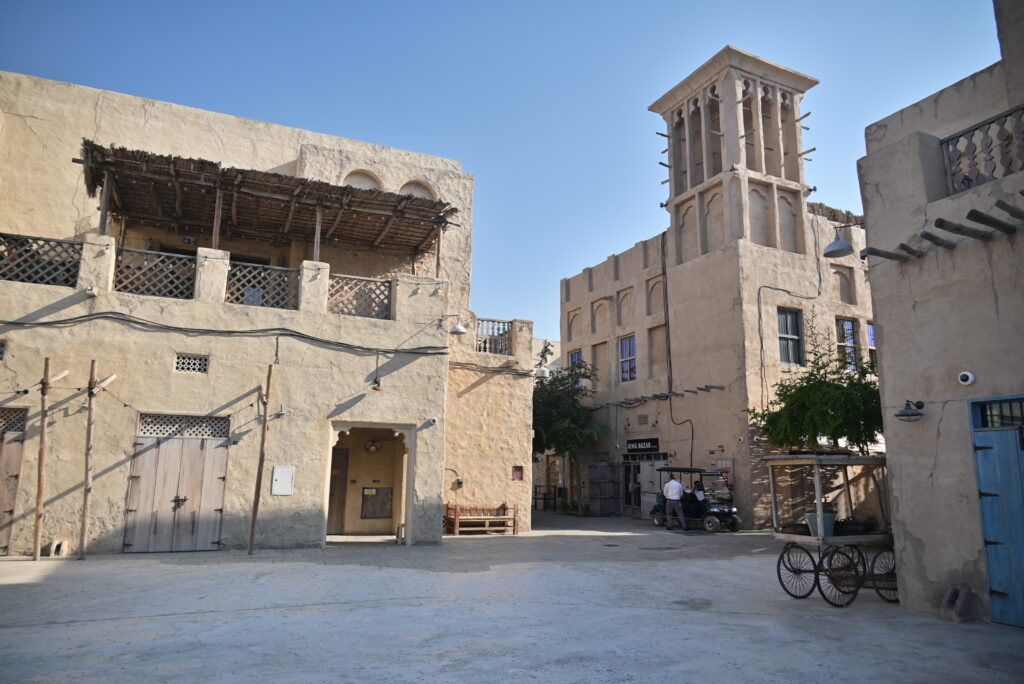
We then head to the Burj Khalifa, the world’s tallest tower (828 m), and its 5-minute water fountain show, reminiscent of the one at the Bellagio in Las Vegas.
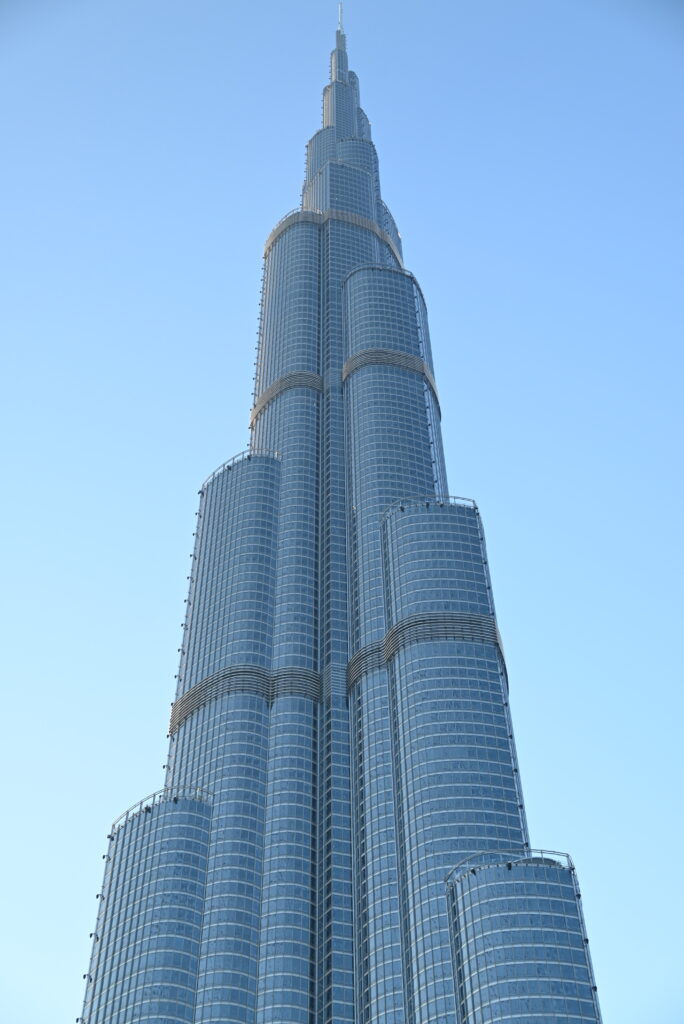
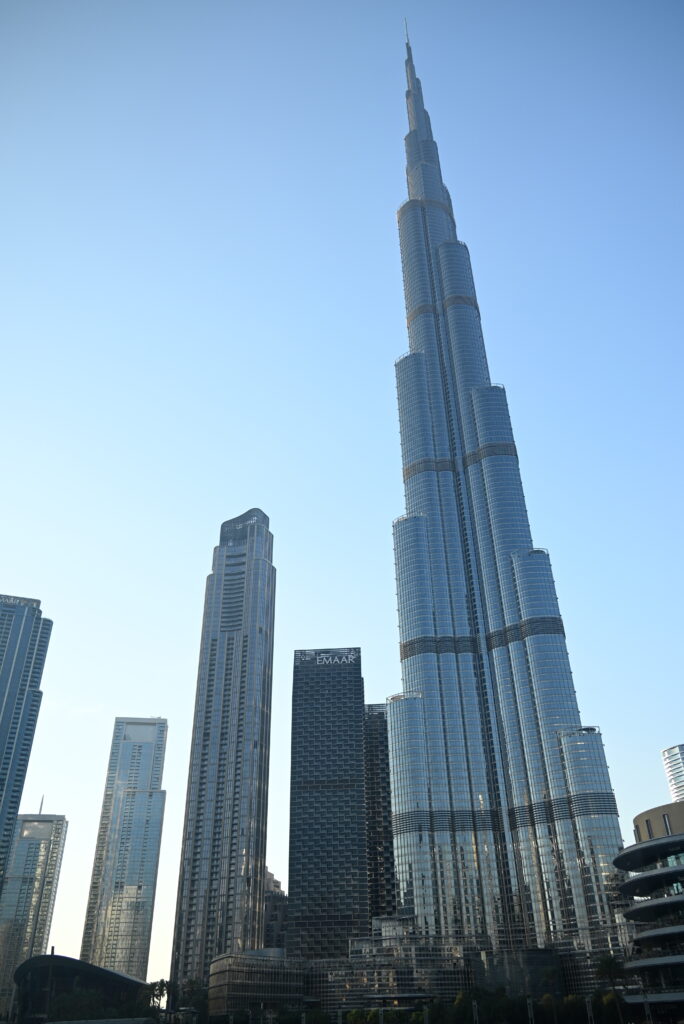
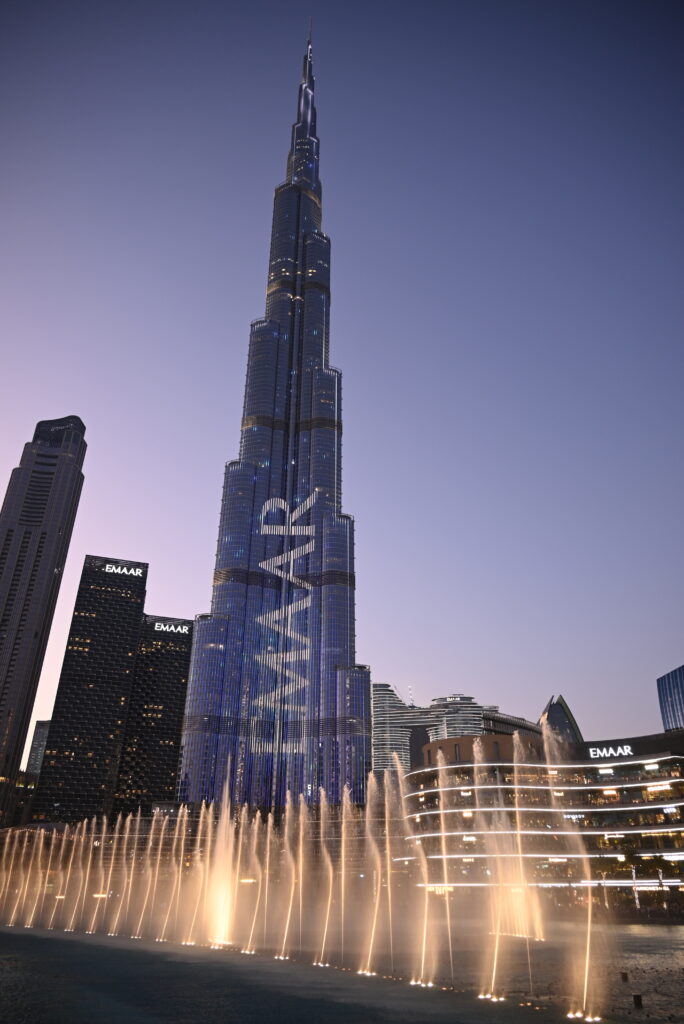
Day 10: Dubai is an incredibly sprawling city, covering about 50 km, with common traffic jams, and the driving habits of Dubai residents are not the most civilized in the world. As it took us 1 hour the day before to travel 15 km, we decide to leave the car at the hotel for the day and take a metro pass. We start with the marina, a district where it’s pleasant to stroll but seems detached from reality: it feels like being in a Miami neighborhood inhabited by reality TV celebrities… In short, it’s not a very authentic area.
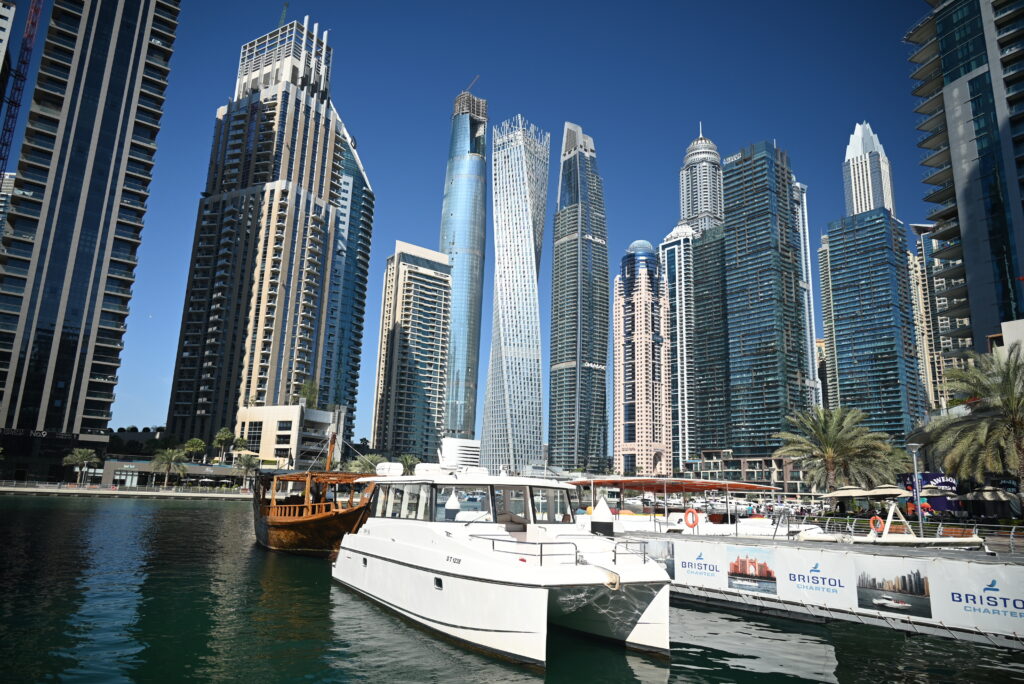
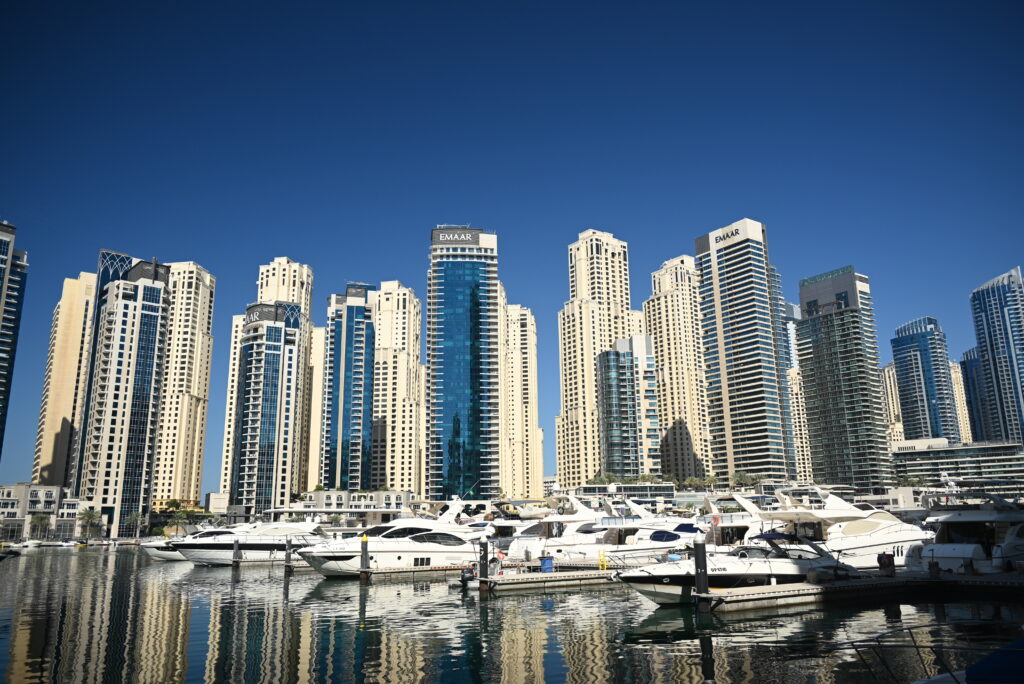
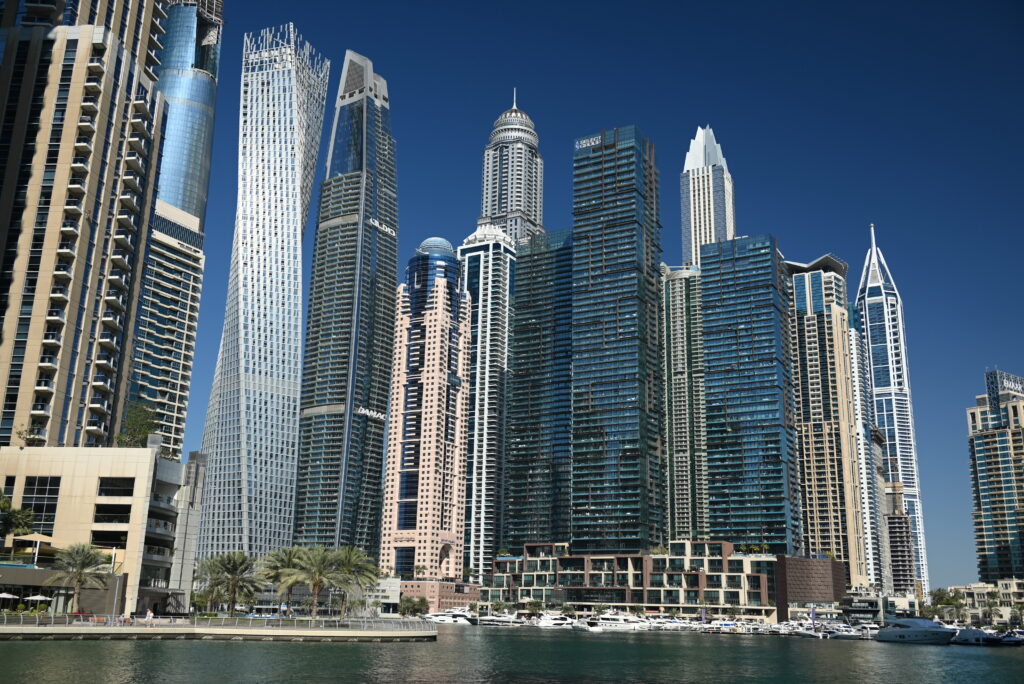
We spend the afternoon in the Downtown area, where rows of buildings will delight fans of contemporary urban architecture, although it’s hard not to regret that the over 10-lane highway that separates them somewhat detracts from the experience.
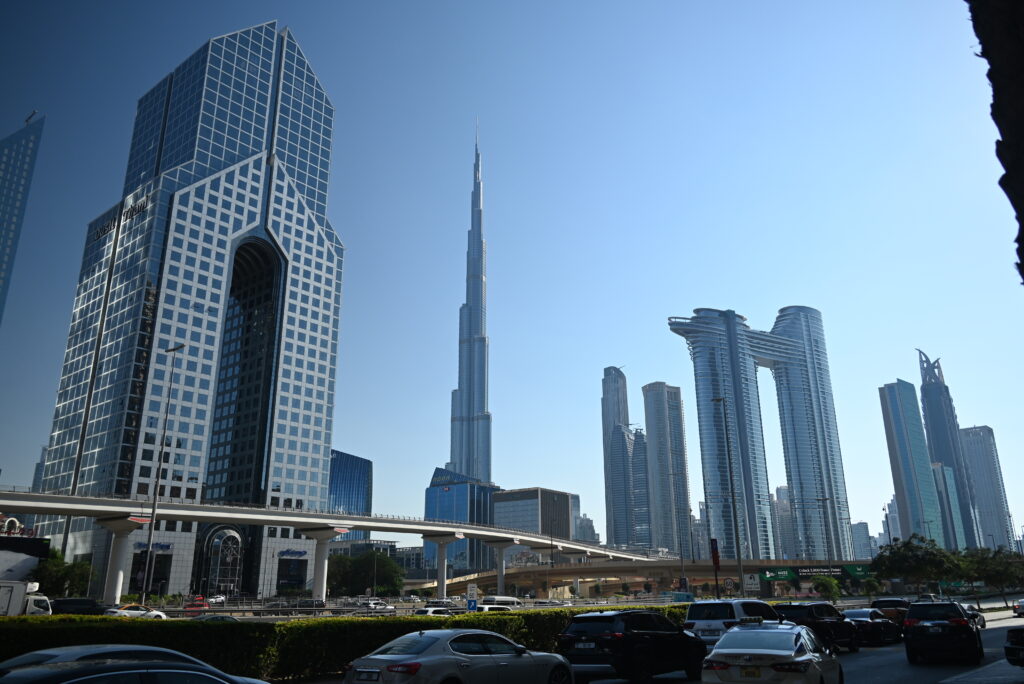
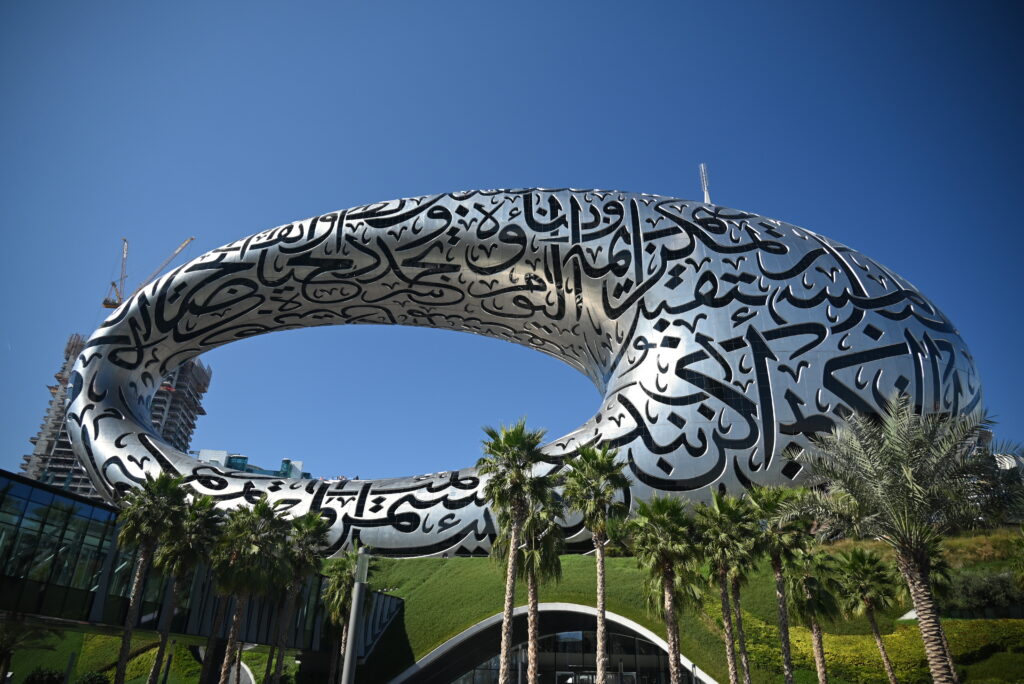
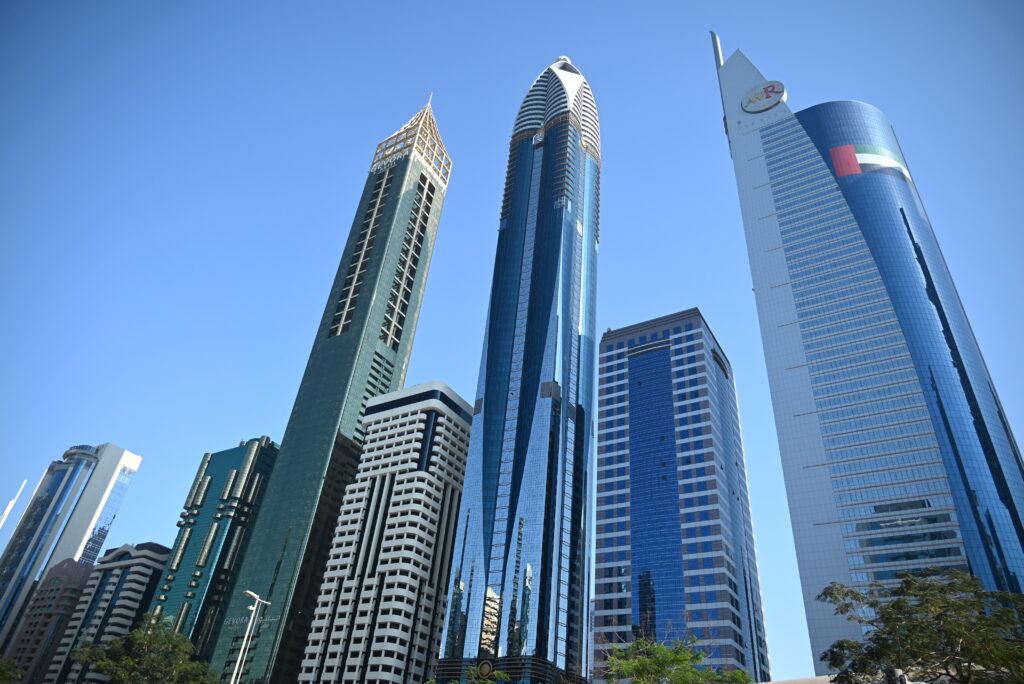
Then we head to the Dubai Mall, the largest mall in the world, which left us a bit underwhelmed. Perhaps shopping and luxury brand enthusiasts would have a more exciting experience than we did.
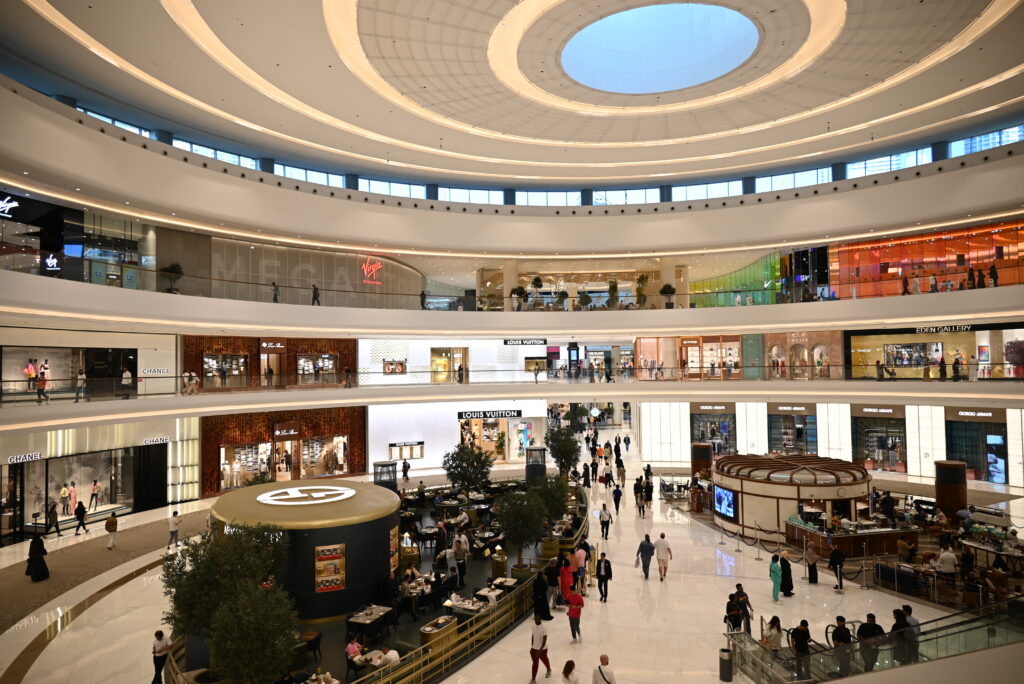
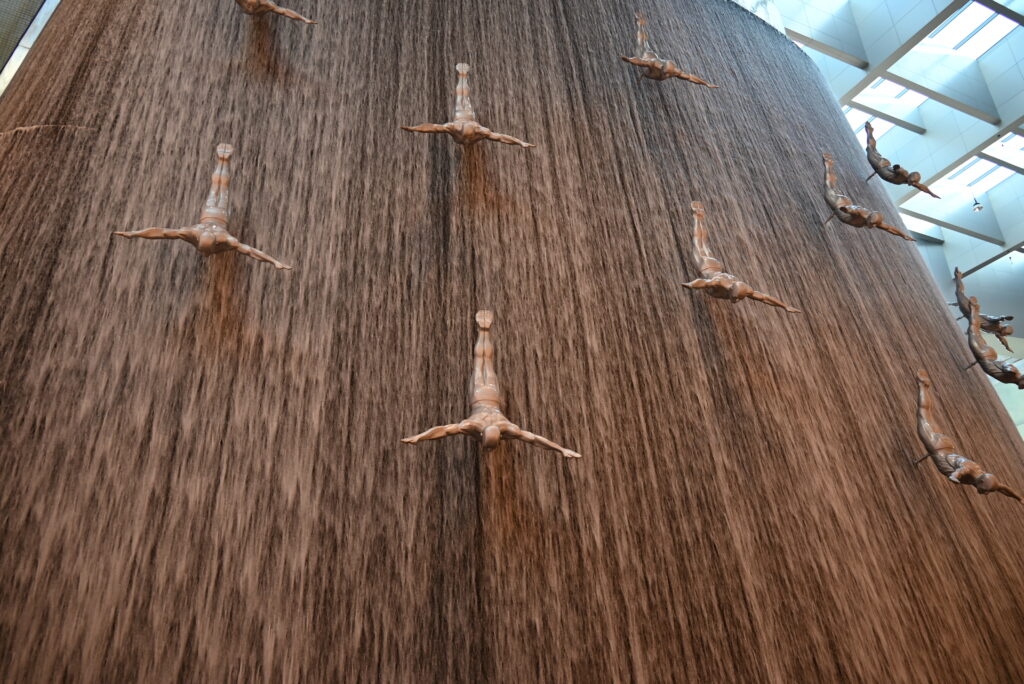
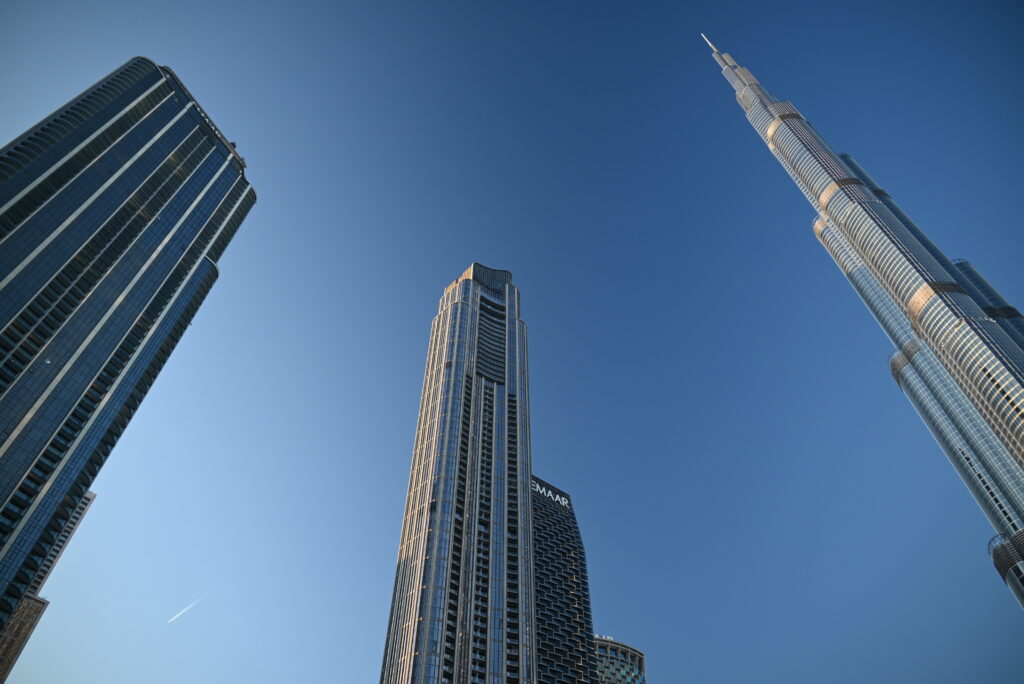
Day 11: We then take the car to the Jumeirah Medina. The initial idea was to have a nice view of the Burj al Arab, but we also take the opportunity to buy some souvenirs. The “medina” is, in fact, an air-conditioned shopping gallery supposed to recreate old Dubai houses. The sellers are less assertive here, even though the shops are identical to those in the old town.
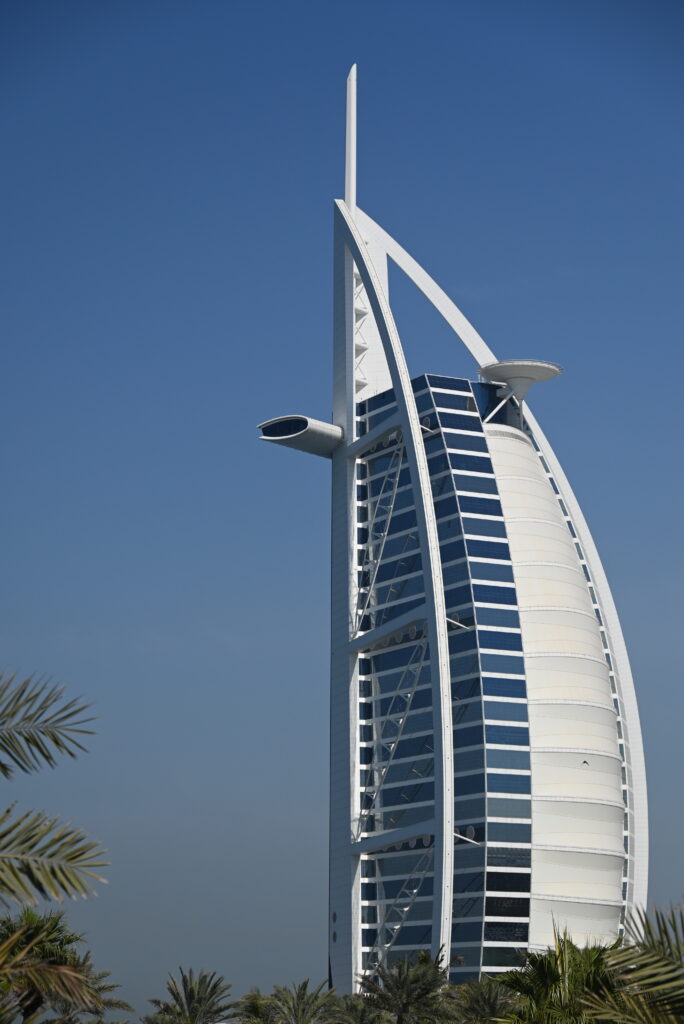
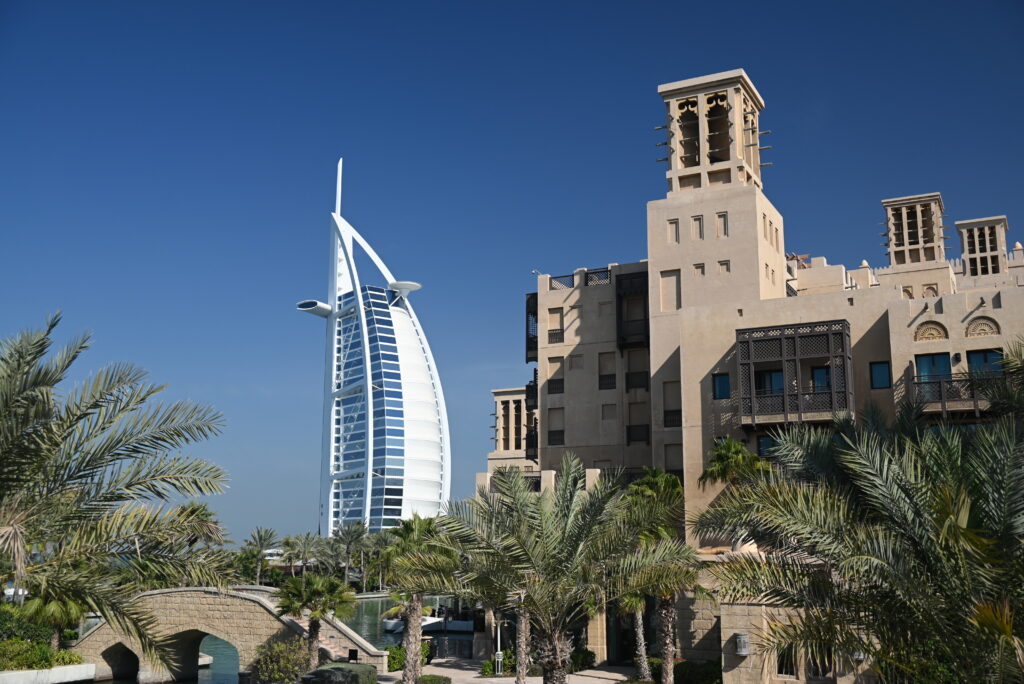
After just over an hour’s drive, we’re back in Abu Dhabi, which almost feels authentic after these days in Dubai. We enjoy the hotel pool a bit, and in the evening, we return to the Sheikh Zayed Mosque, much less crowded than during the day. Unfortunately, the blue lighting is not very successful and adds a kitschy touch to the building.
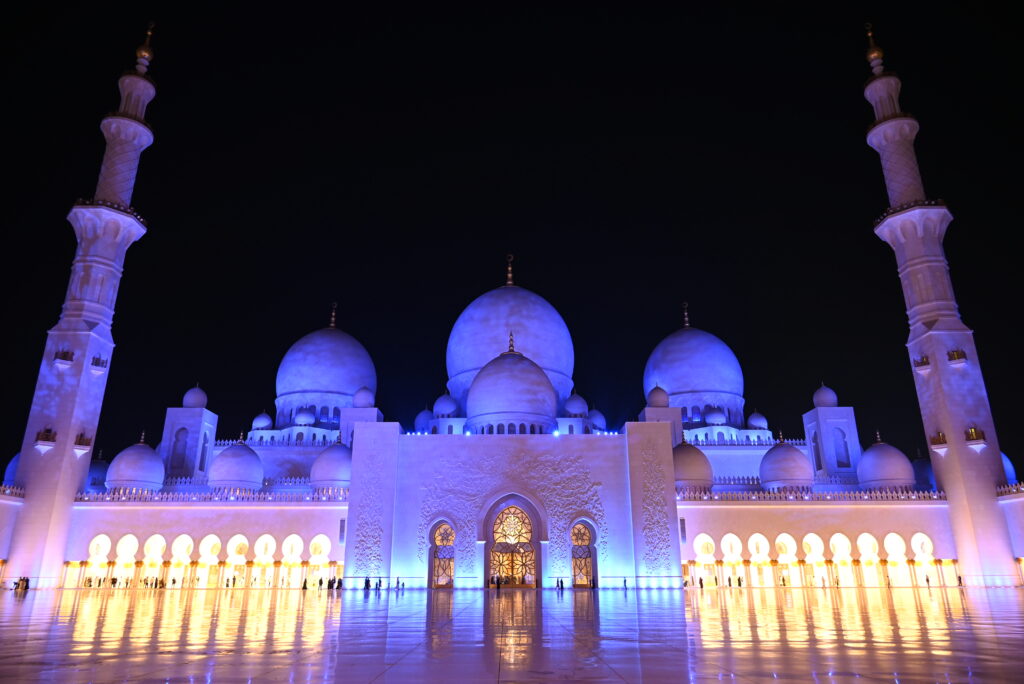
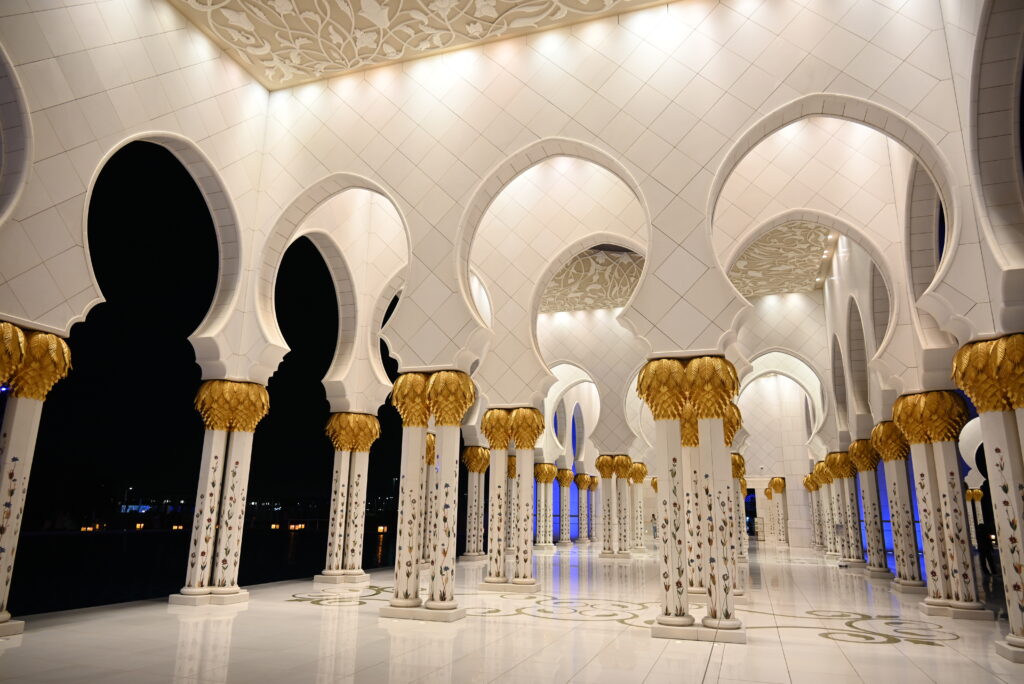
Day 12: It’s time to leave the United Arab Emirates. We’re not heading back to France since the UAE is the first destination of our 8-month journey around the world. We’re heading towards Delhi, where a cultural, aesthetic, and health shock awaits us!
Find all our articles on the United Arab Emirates:




